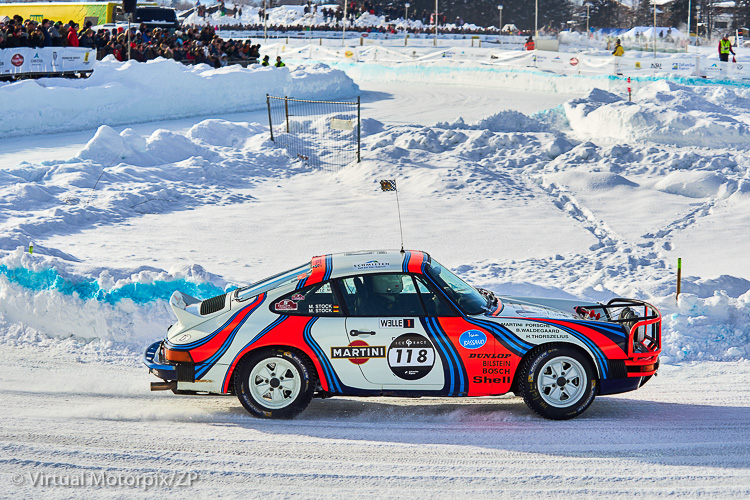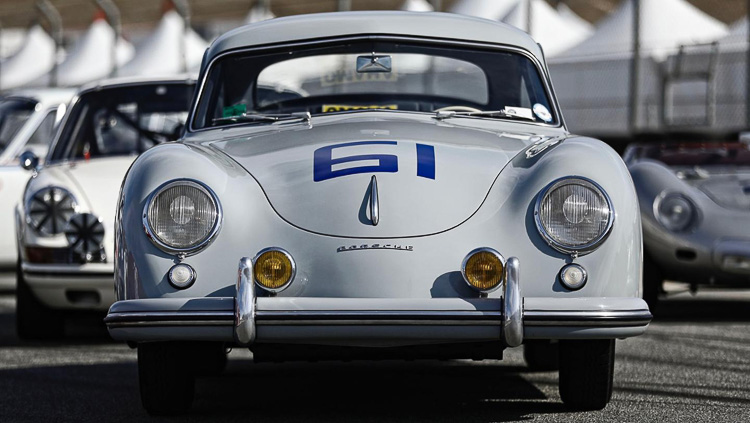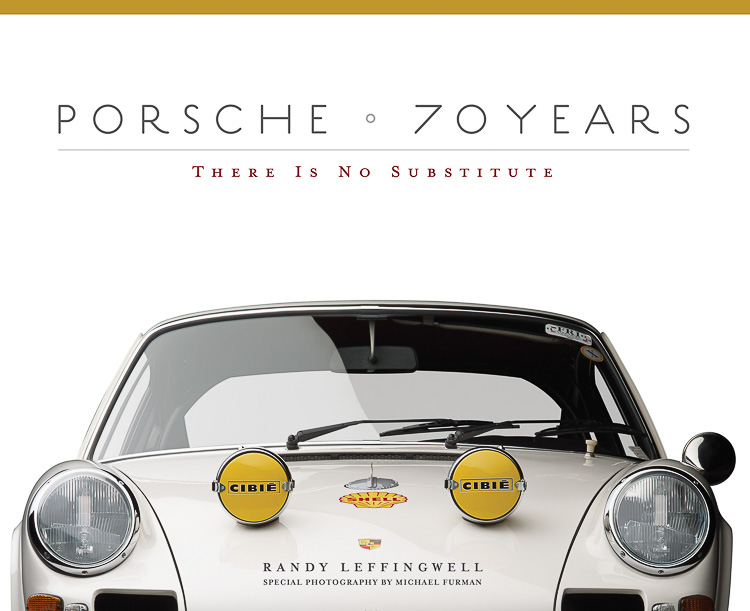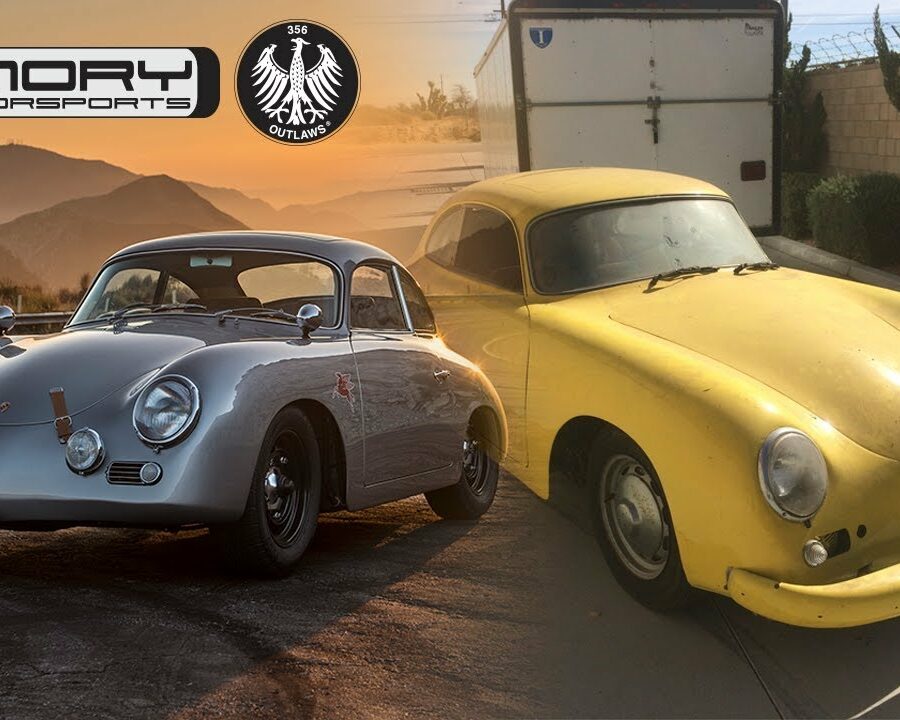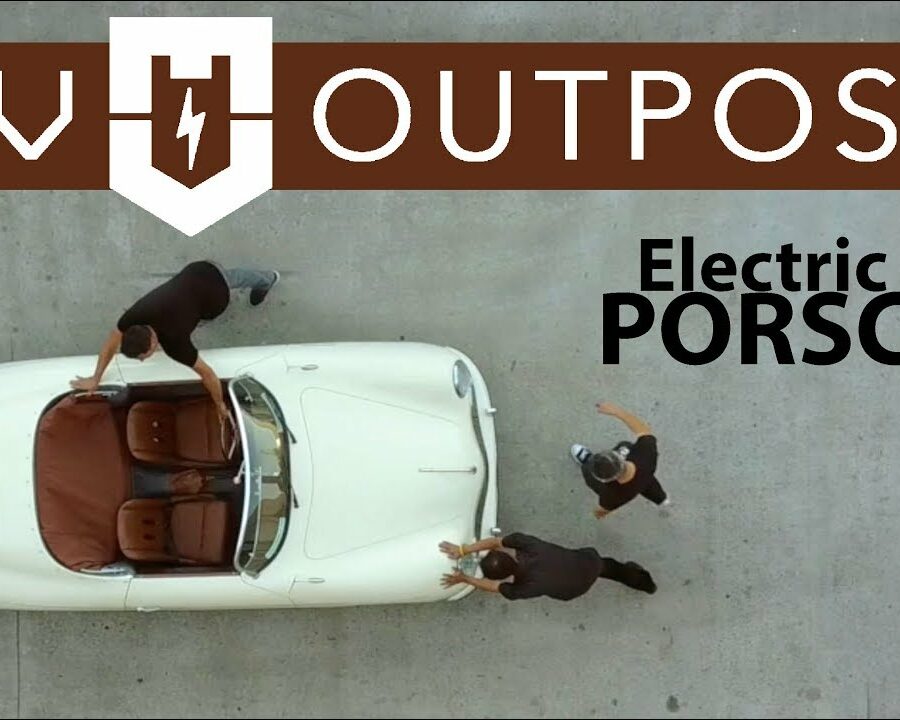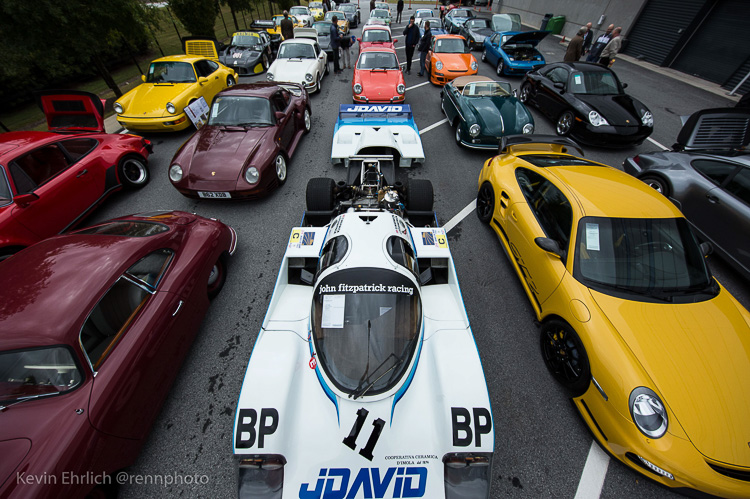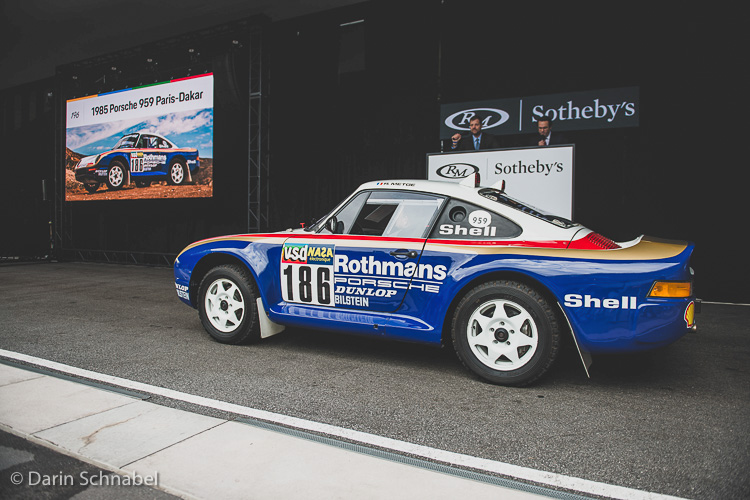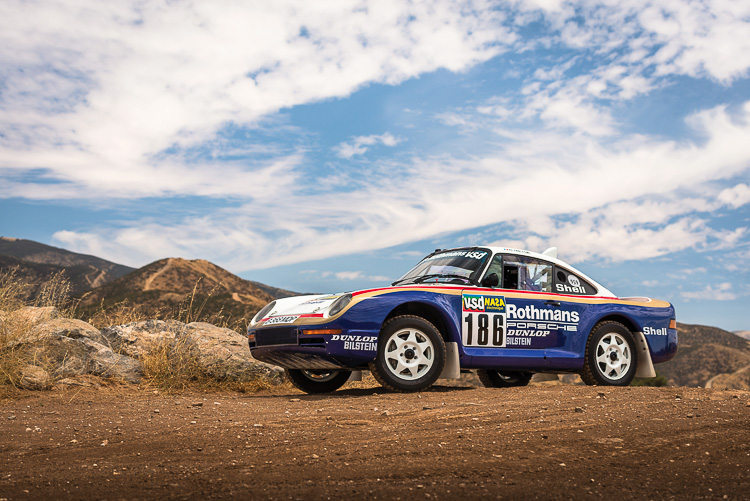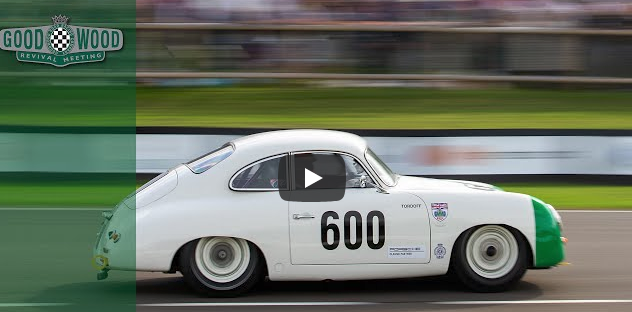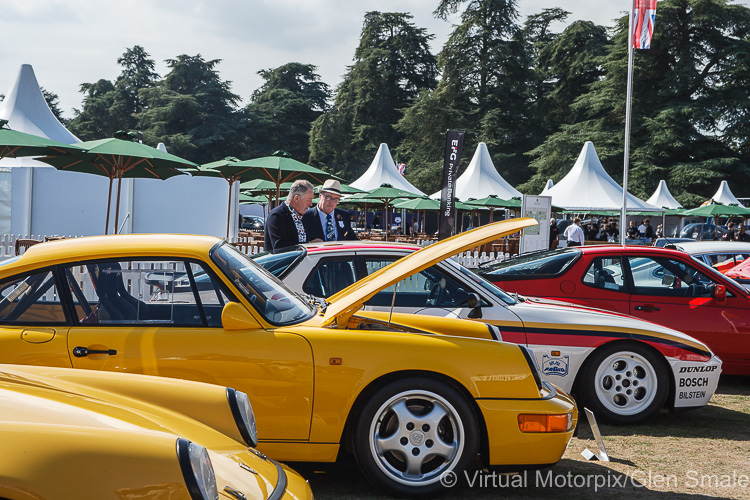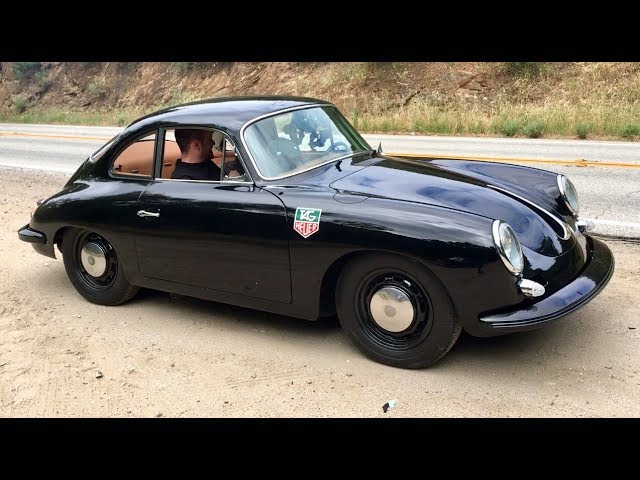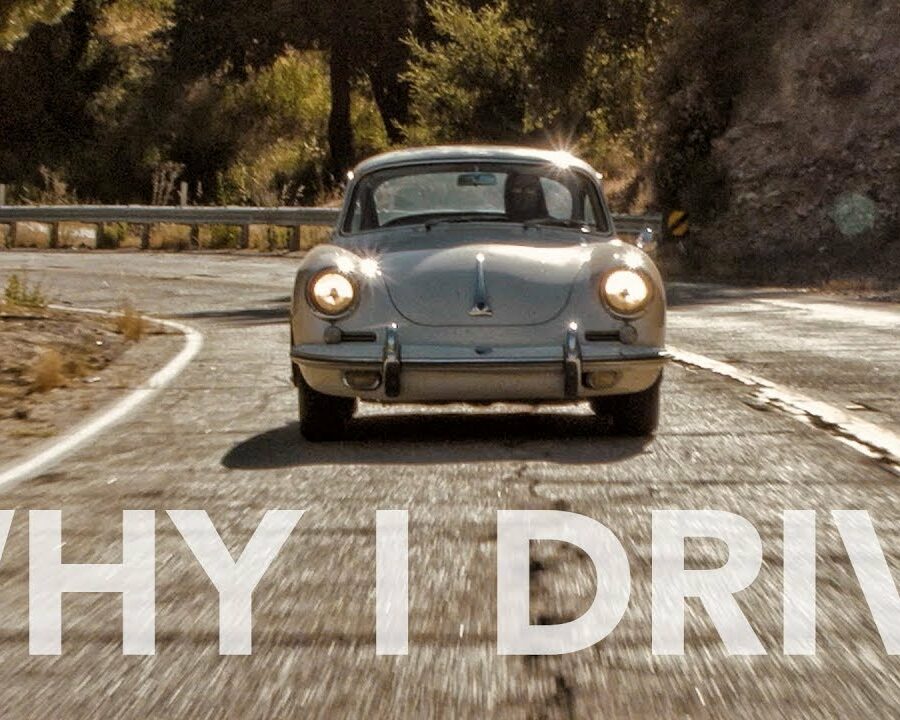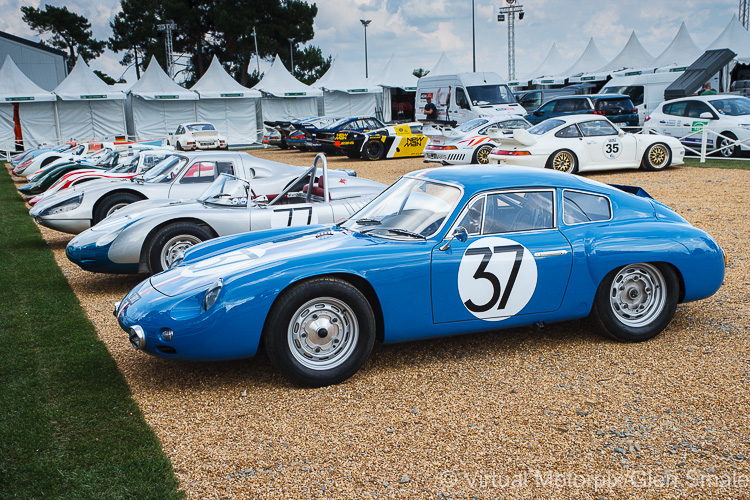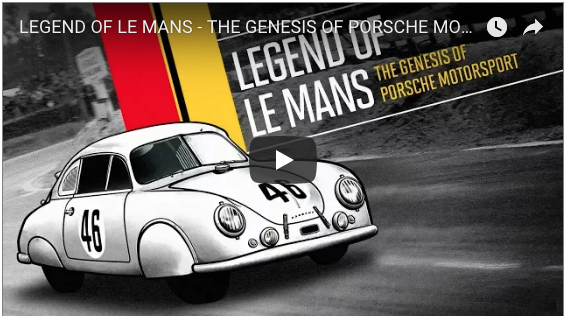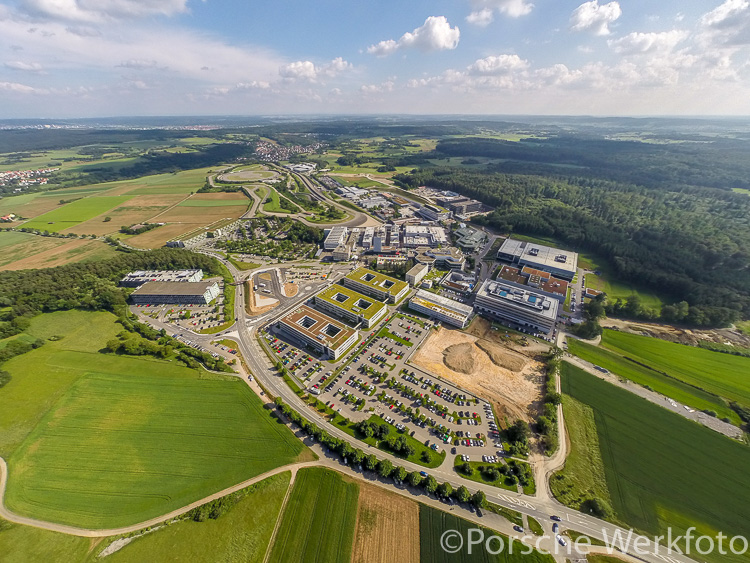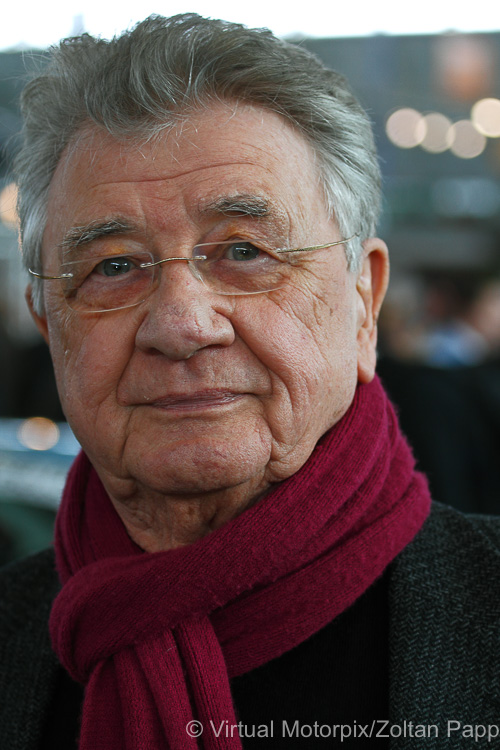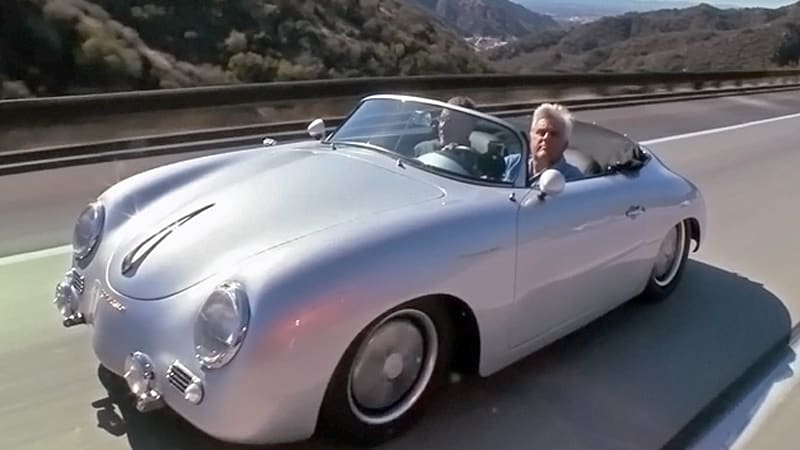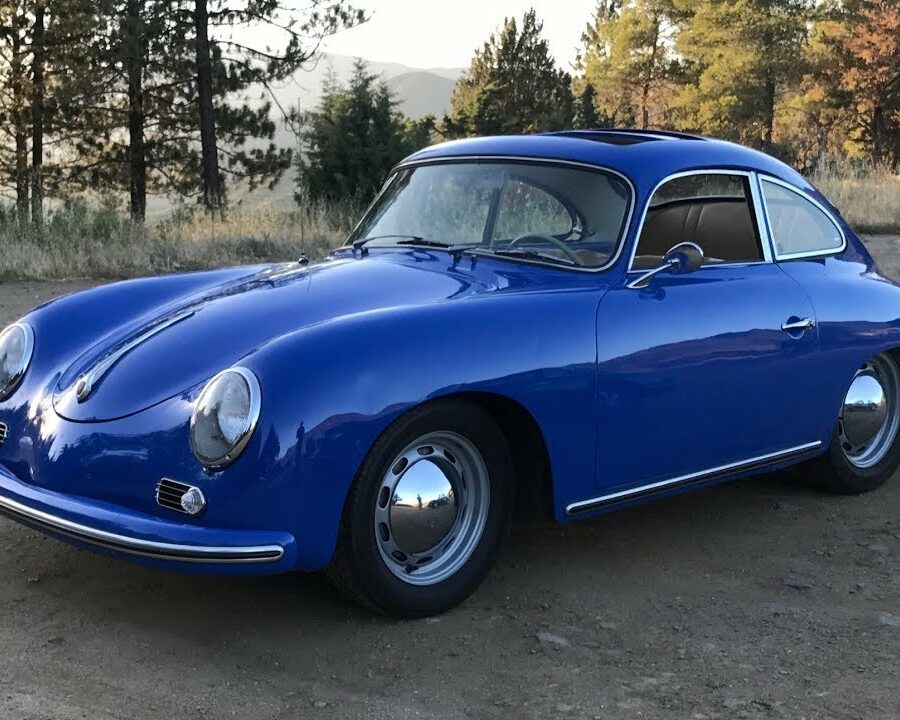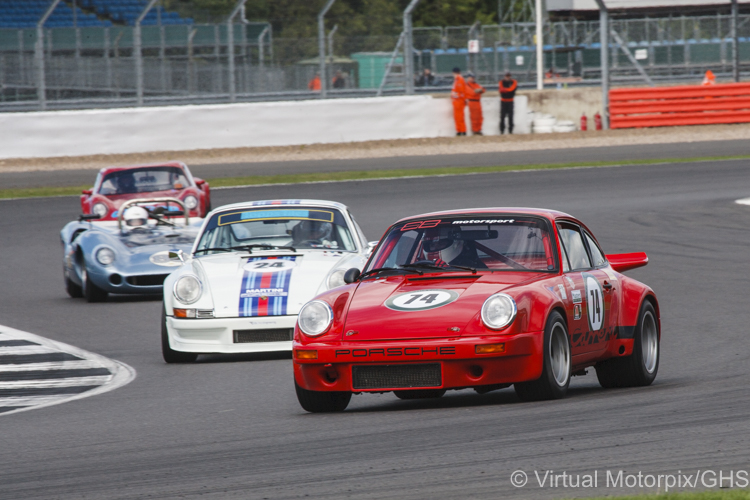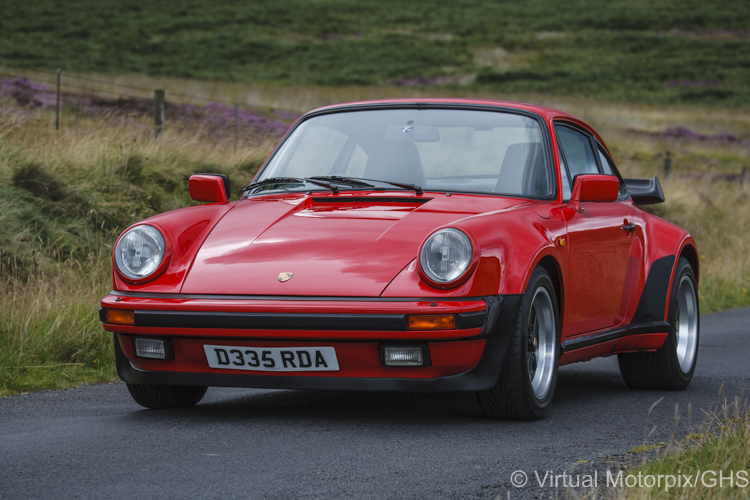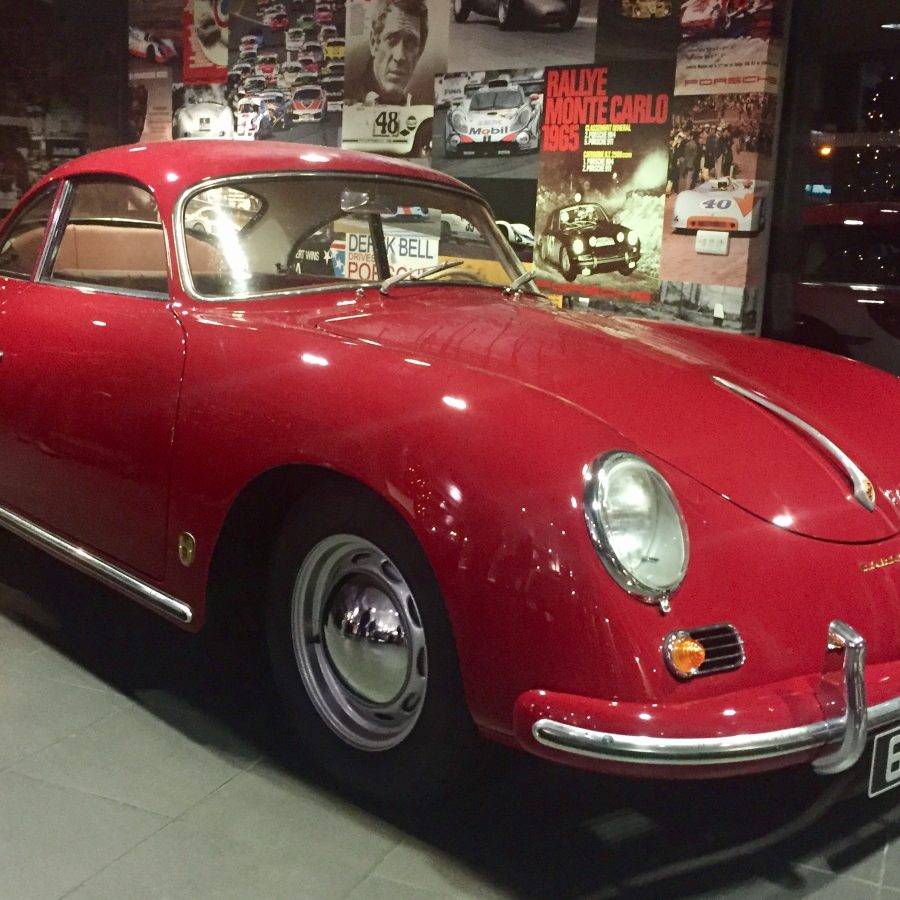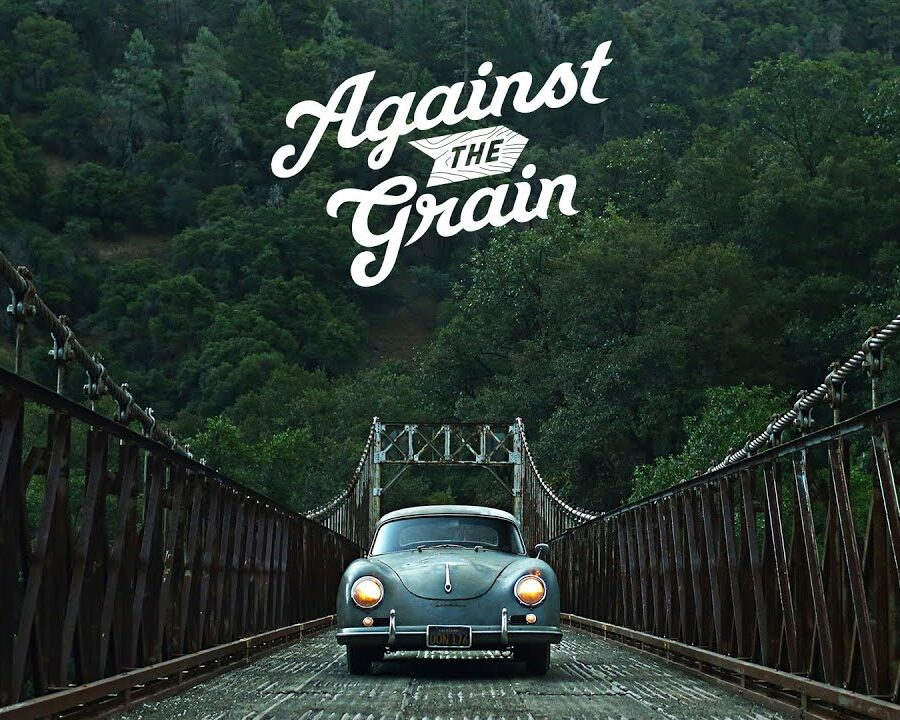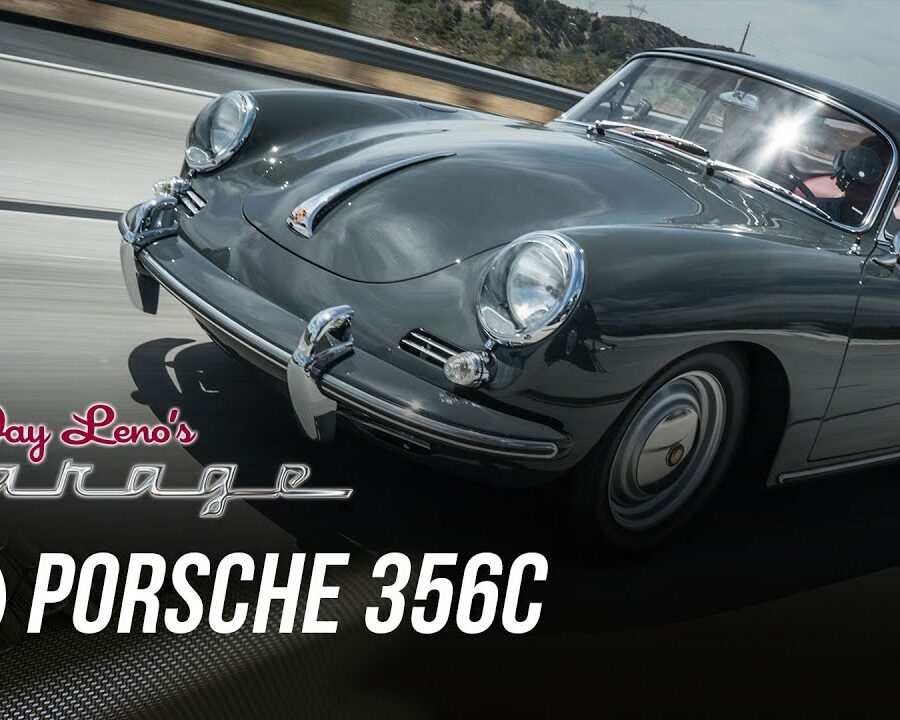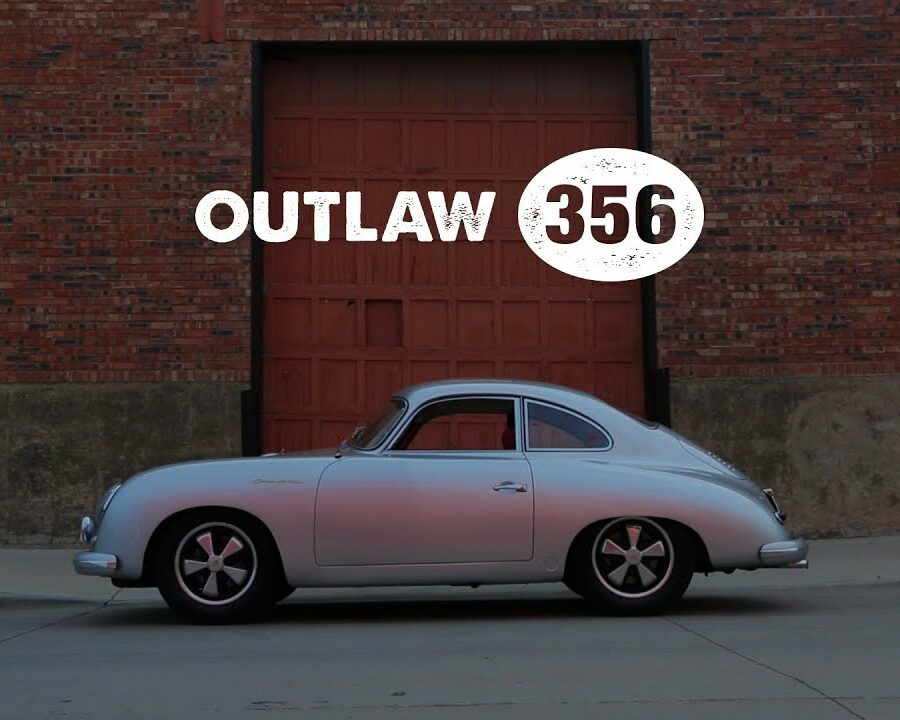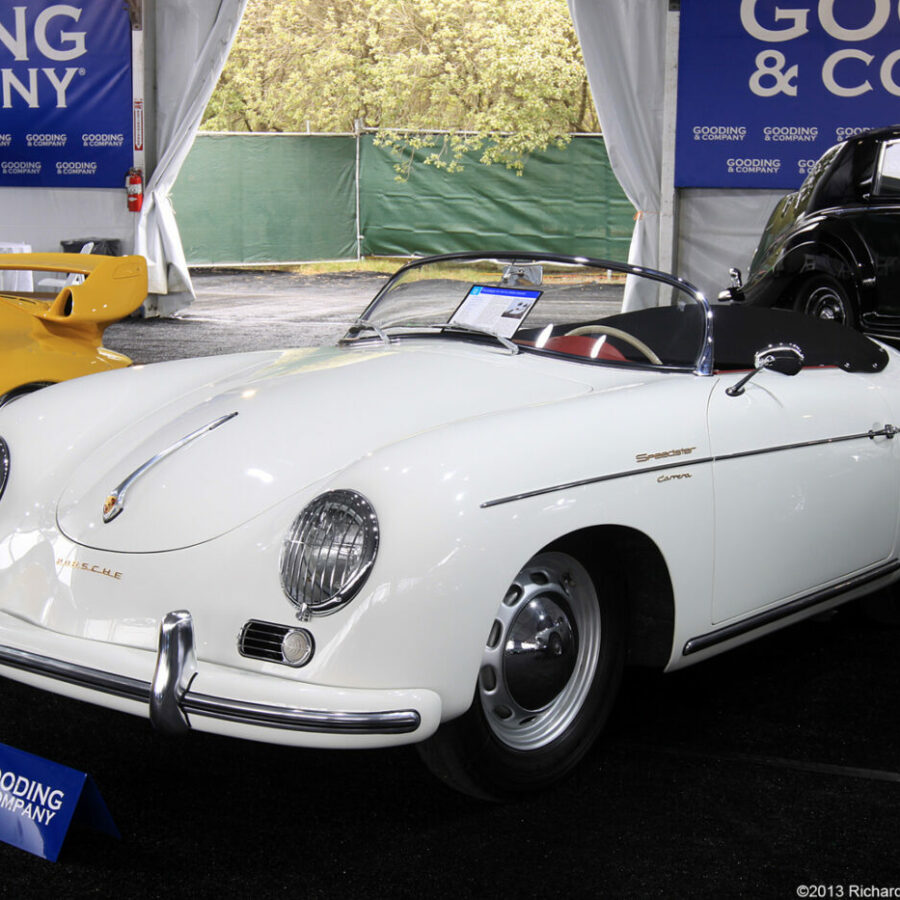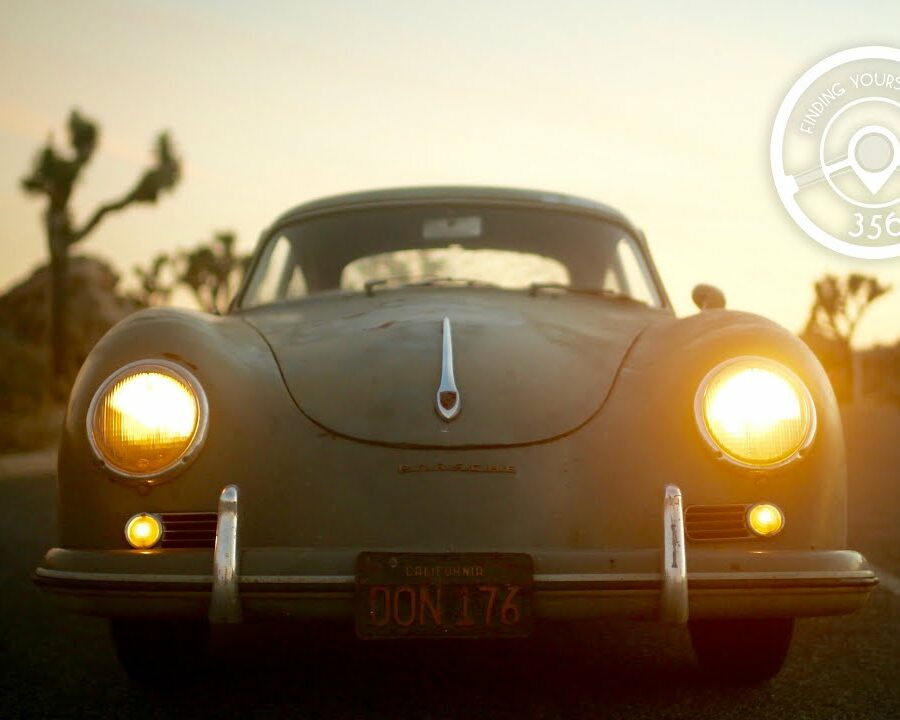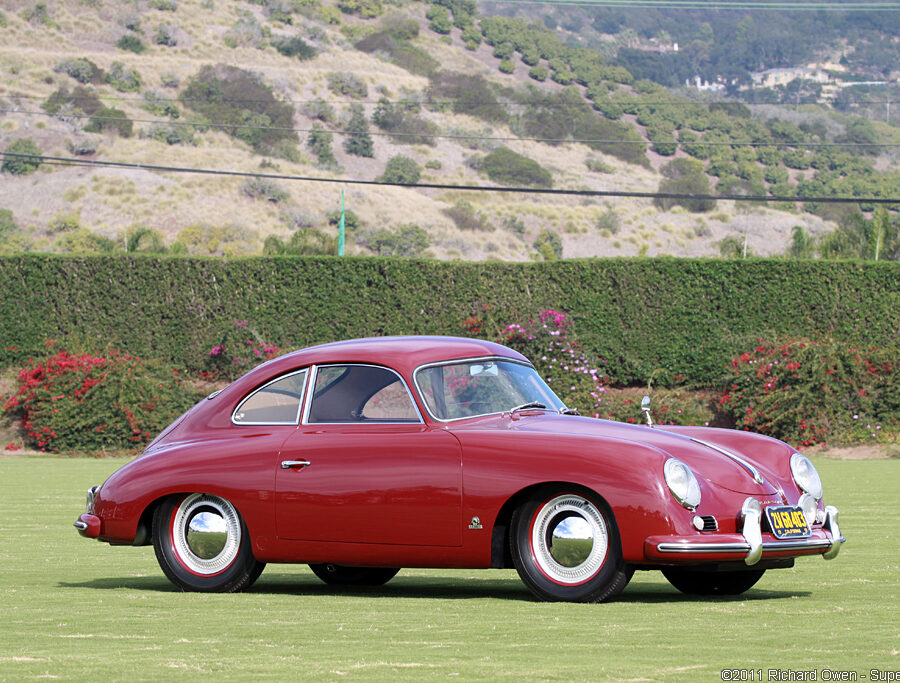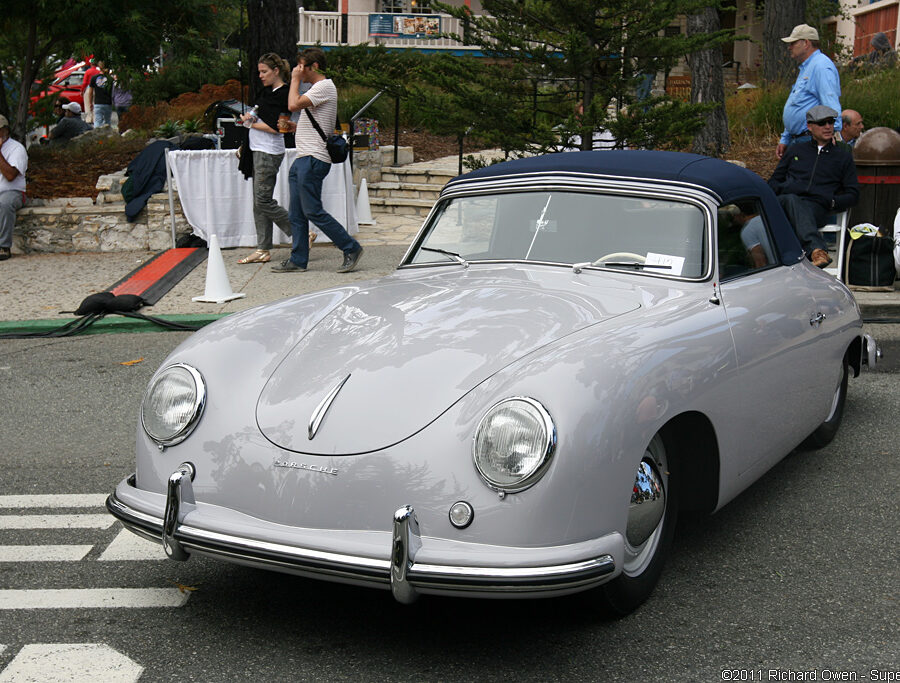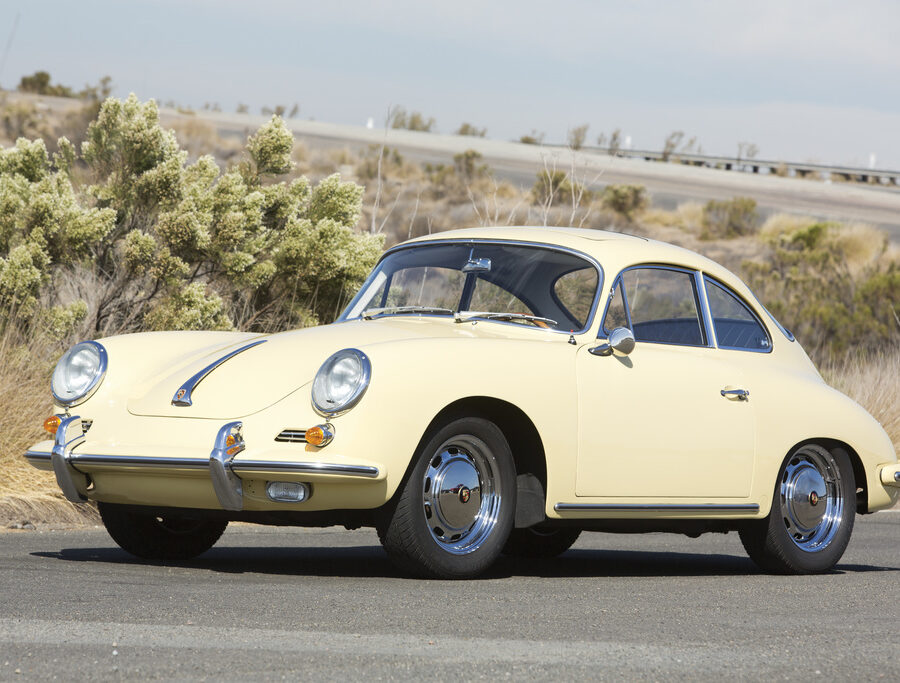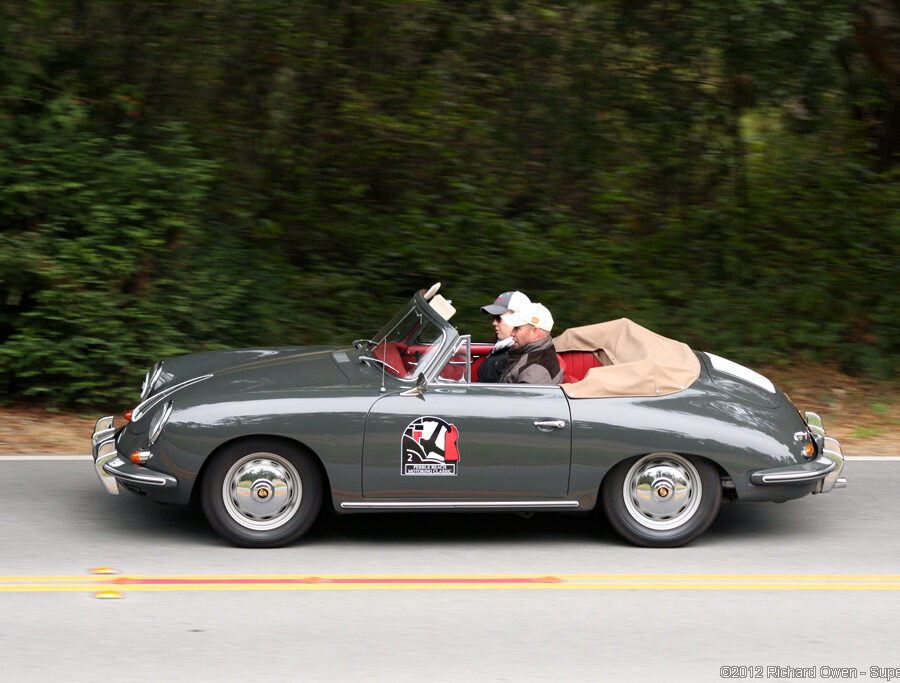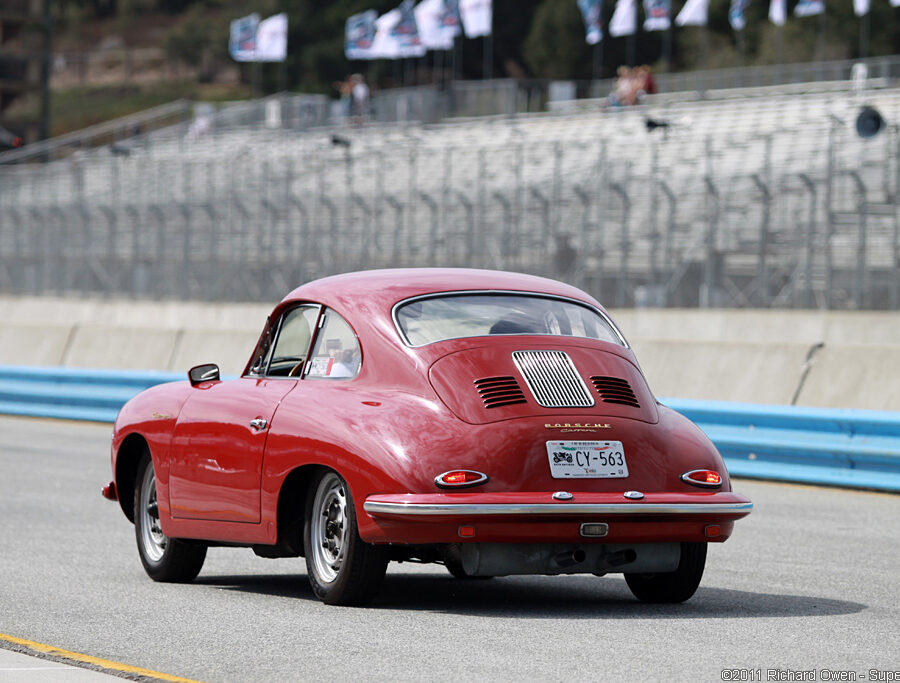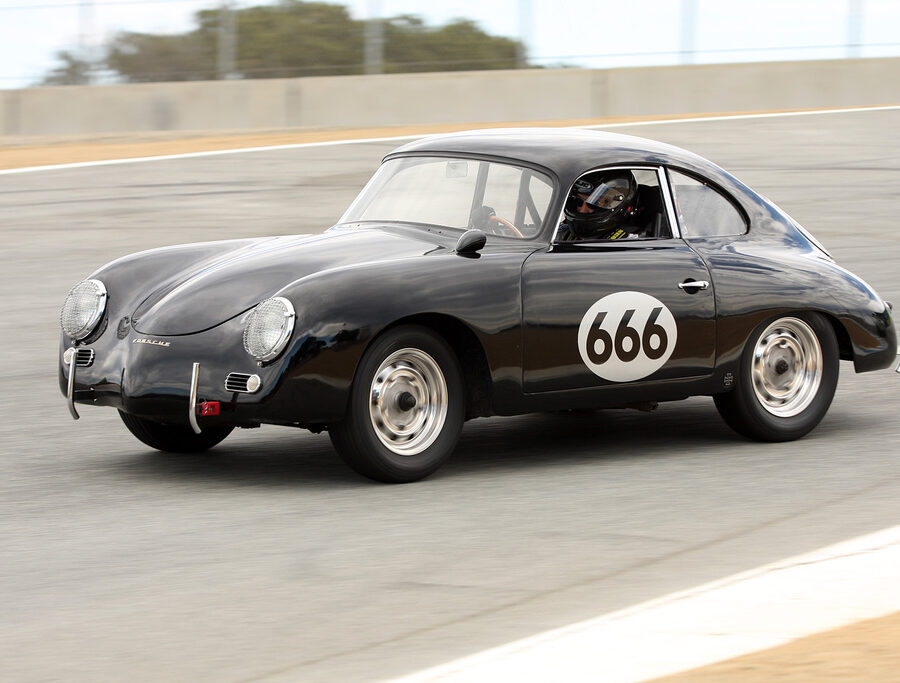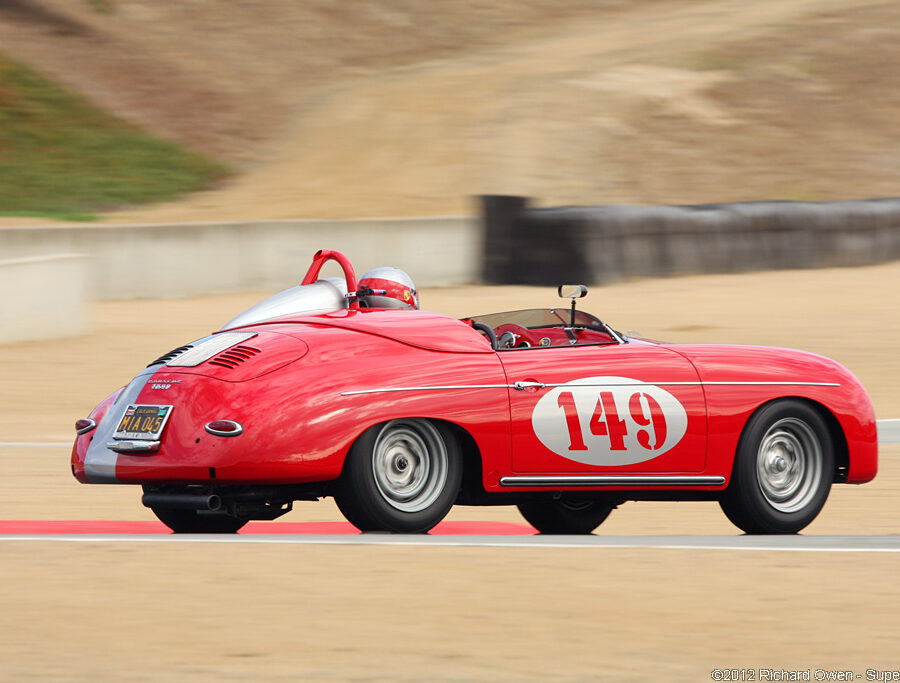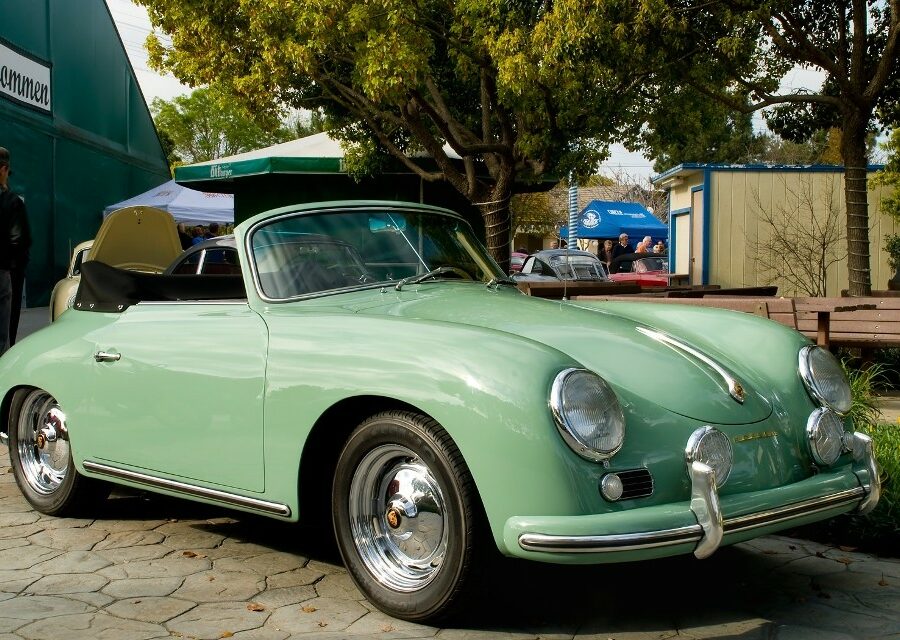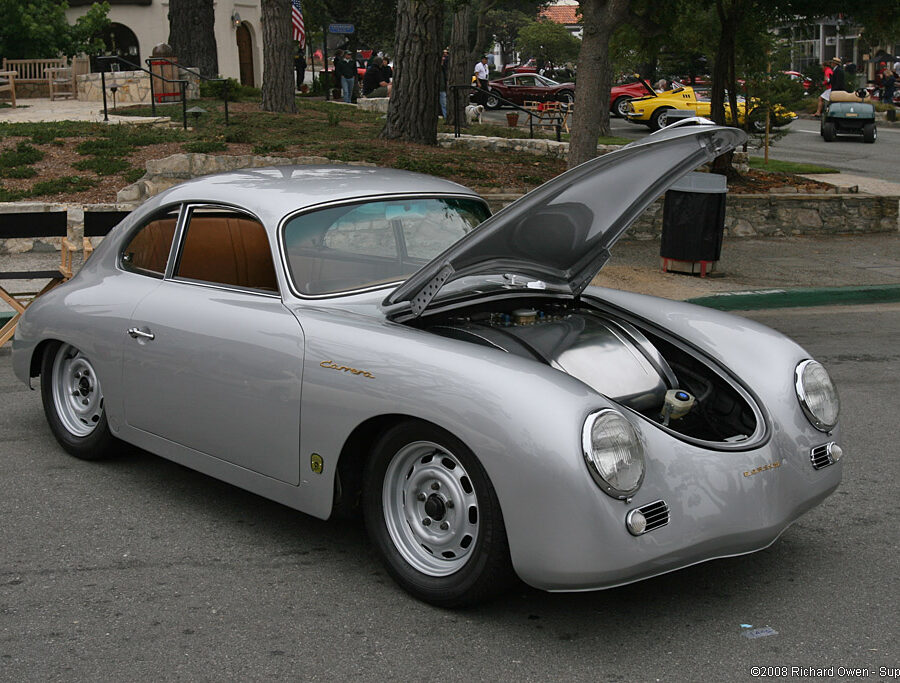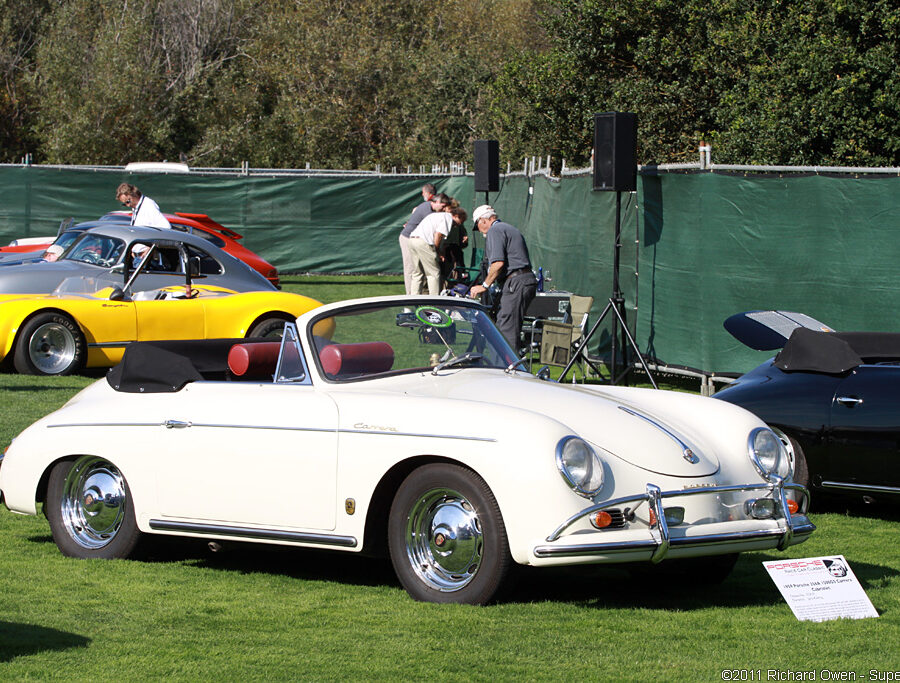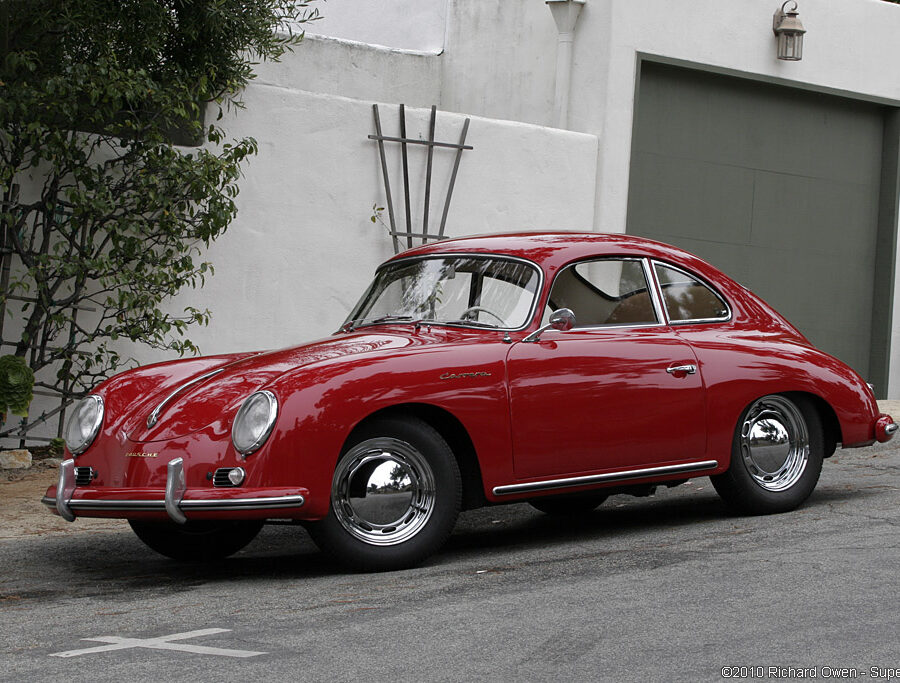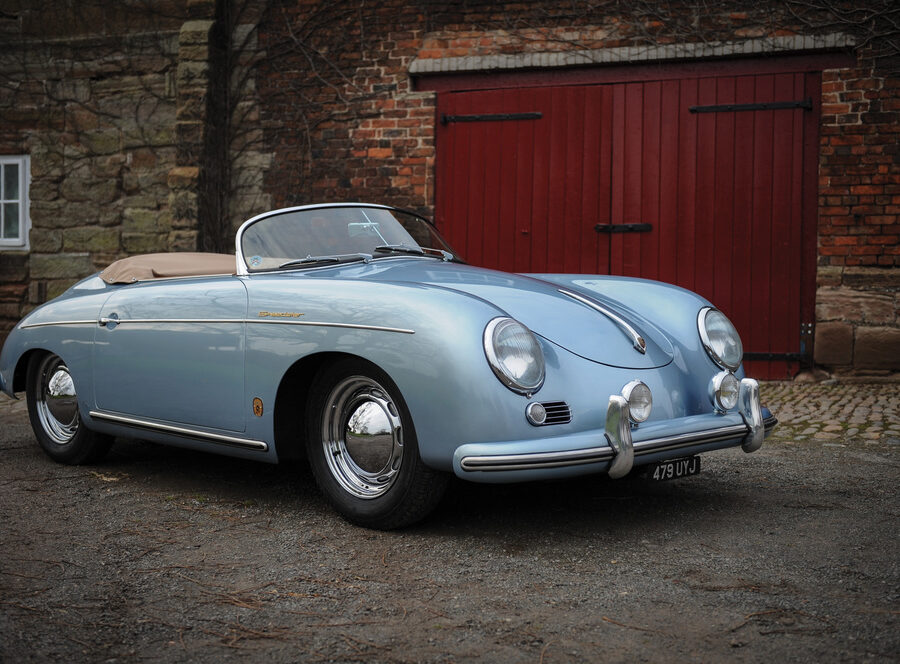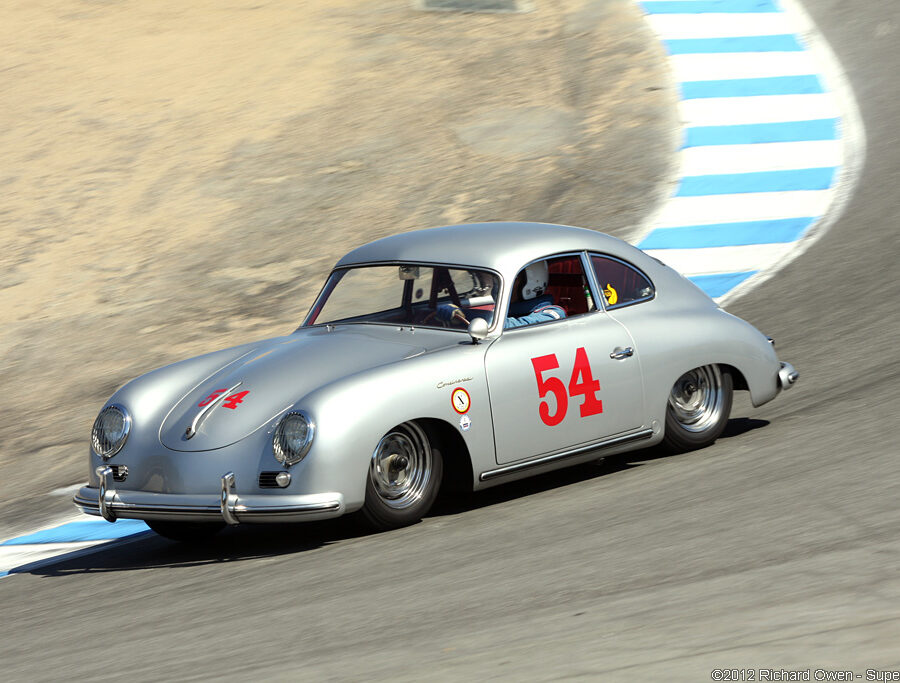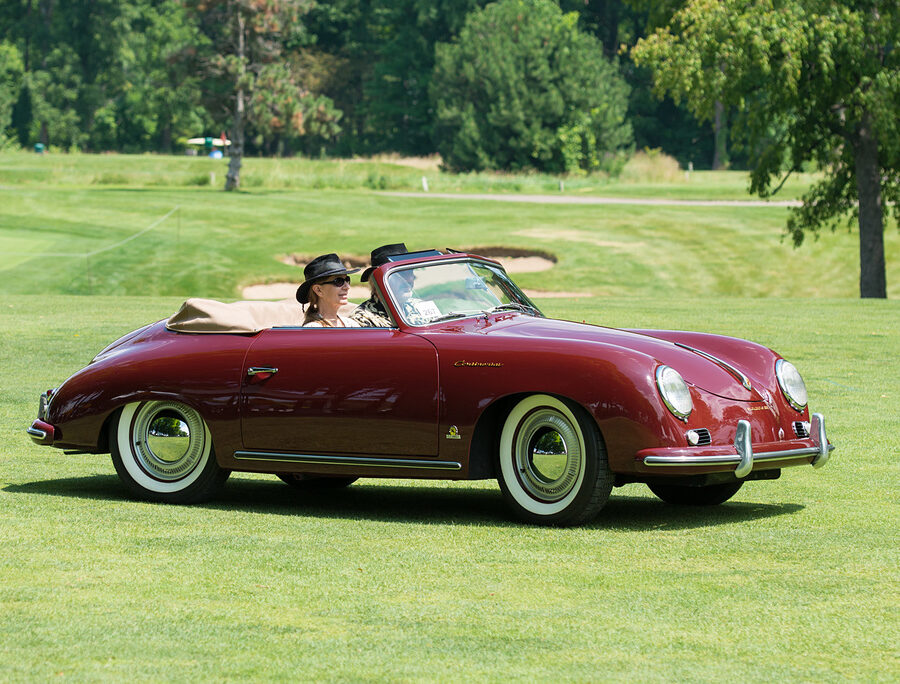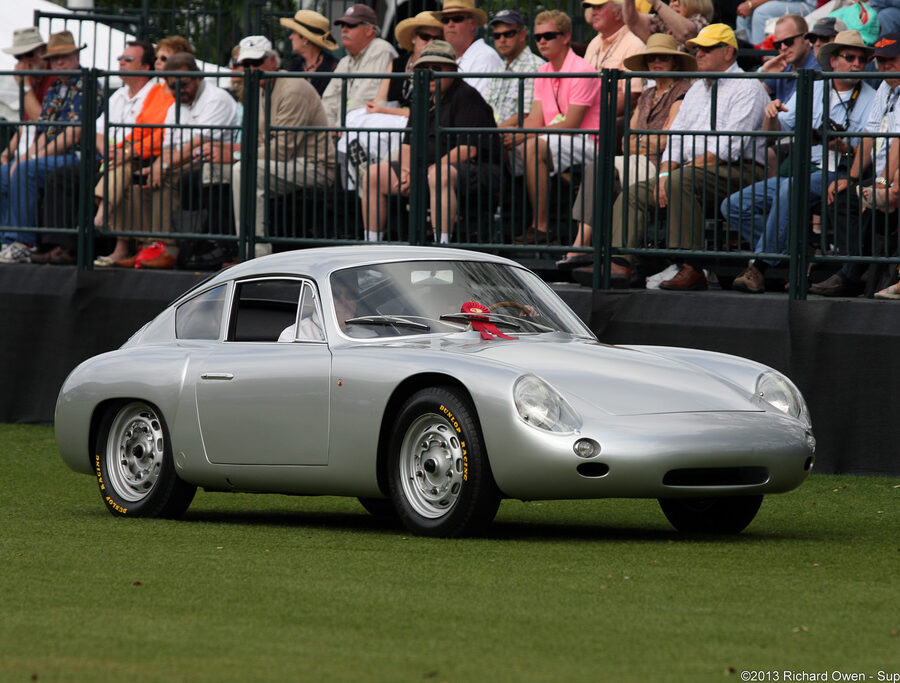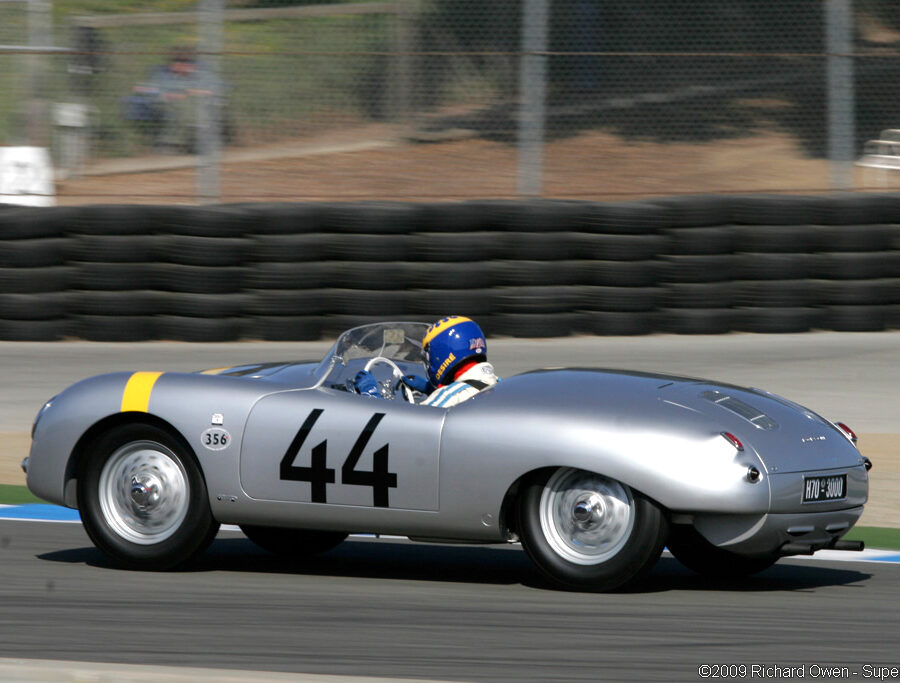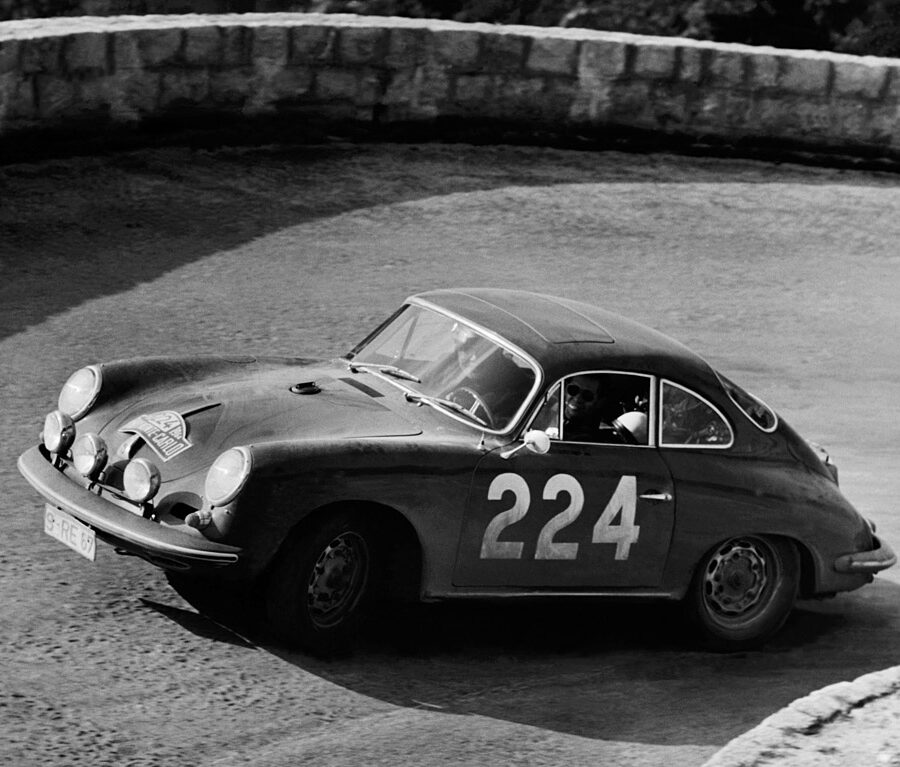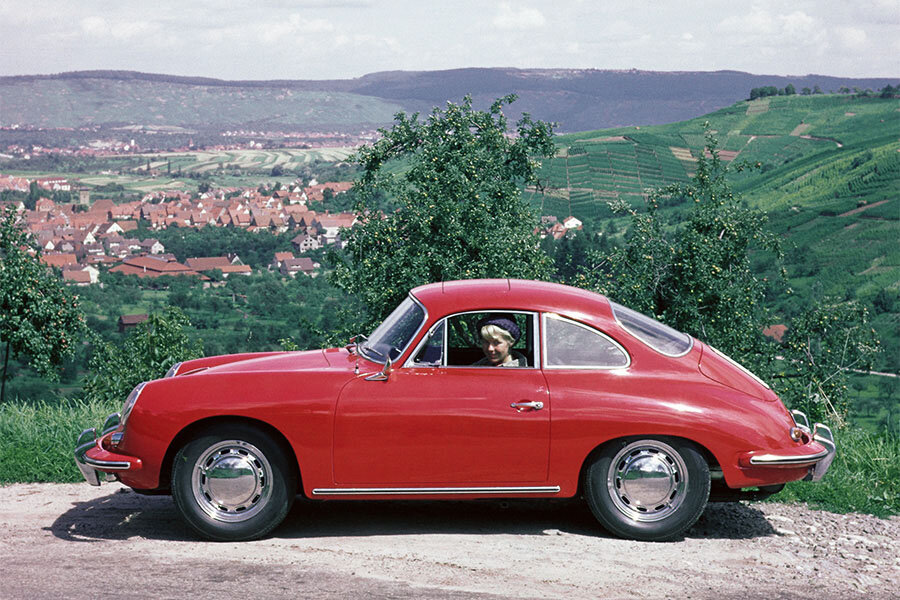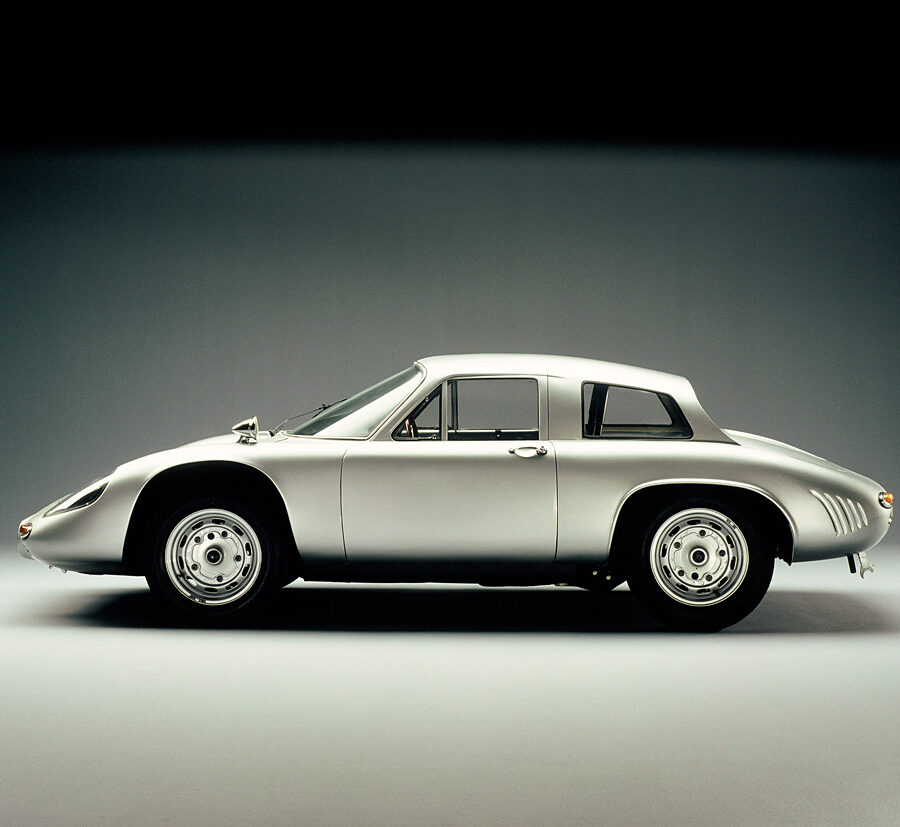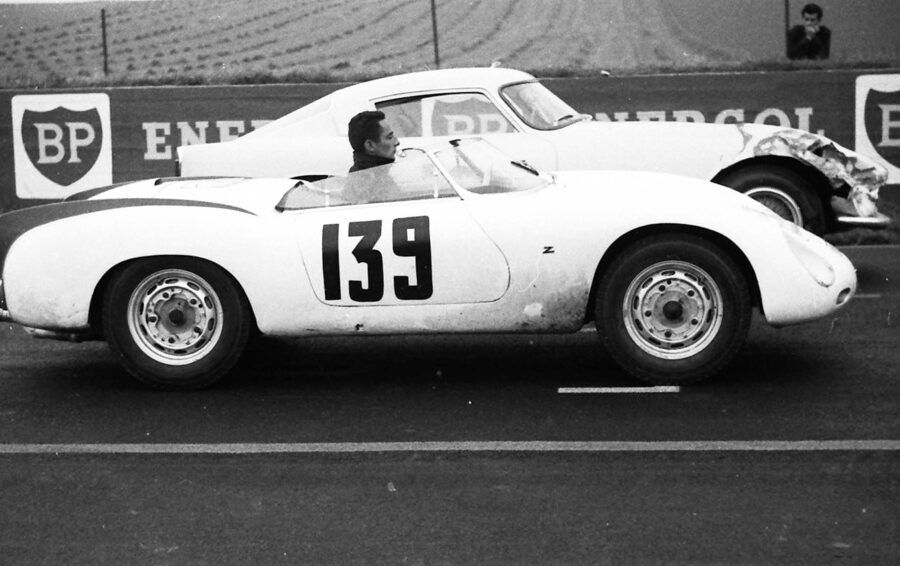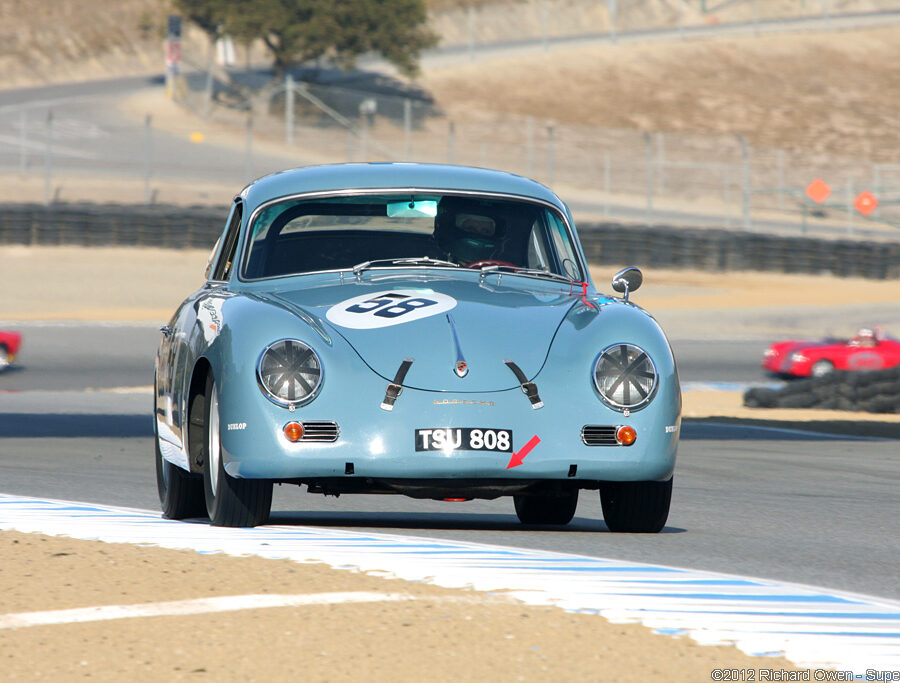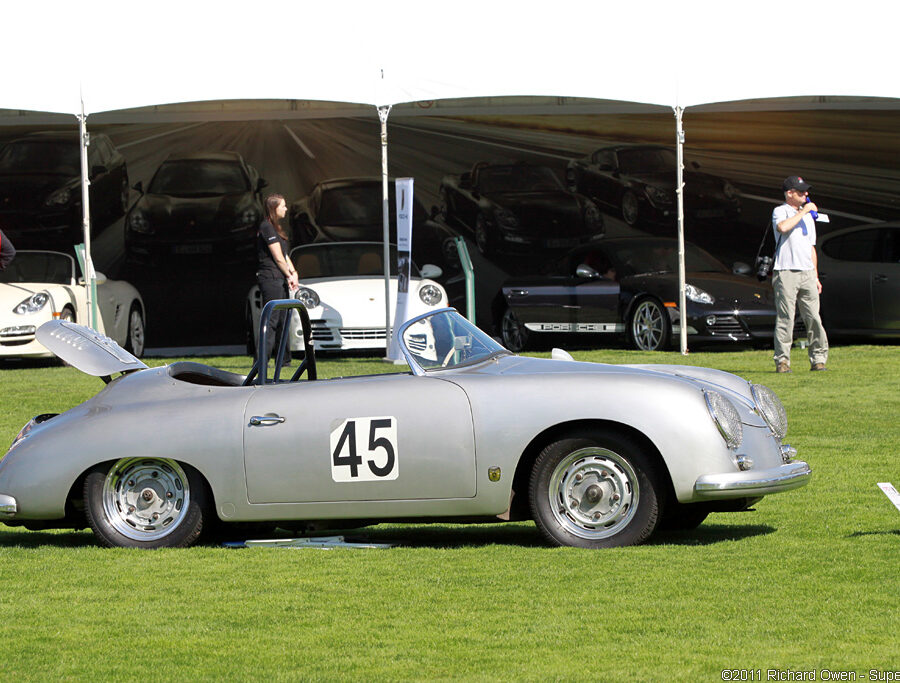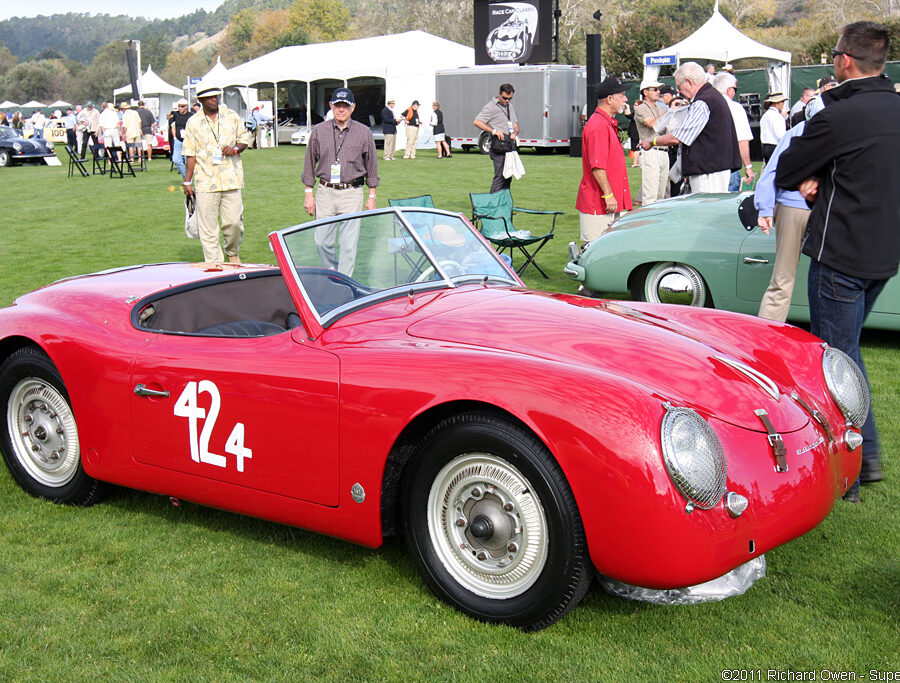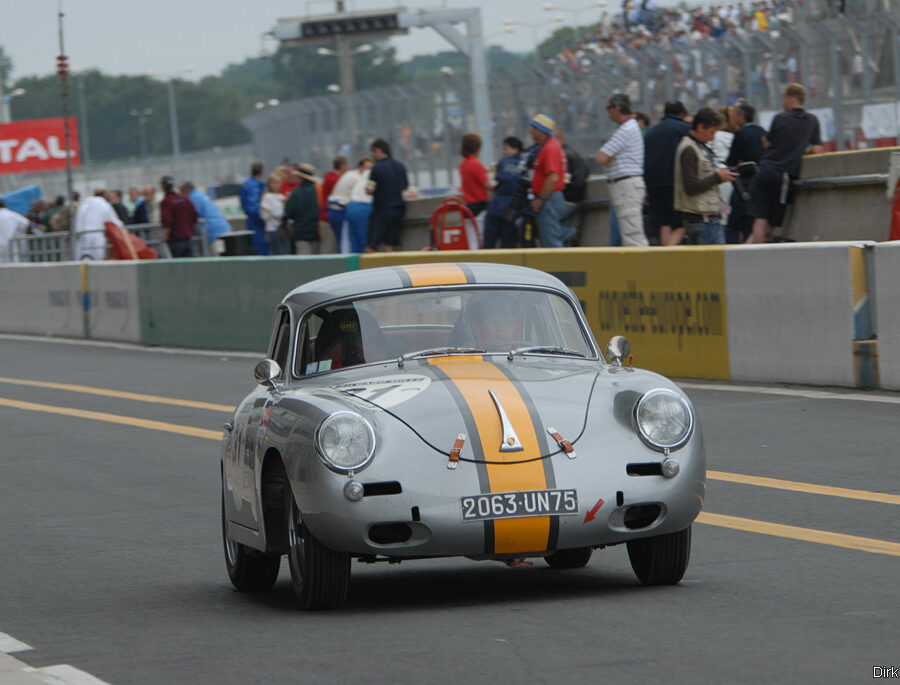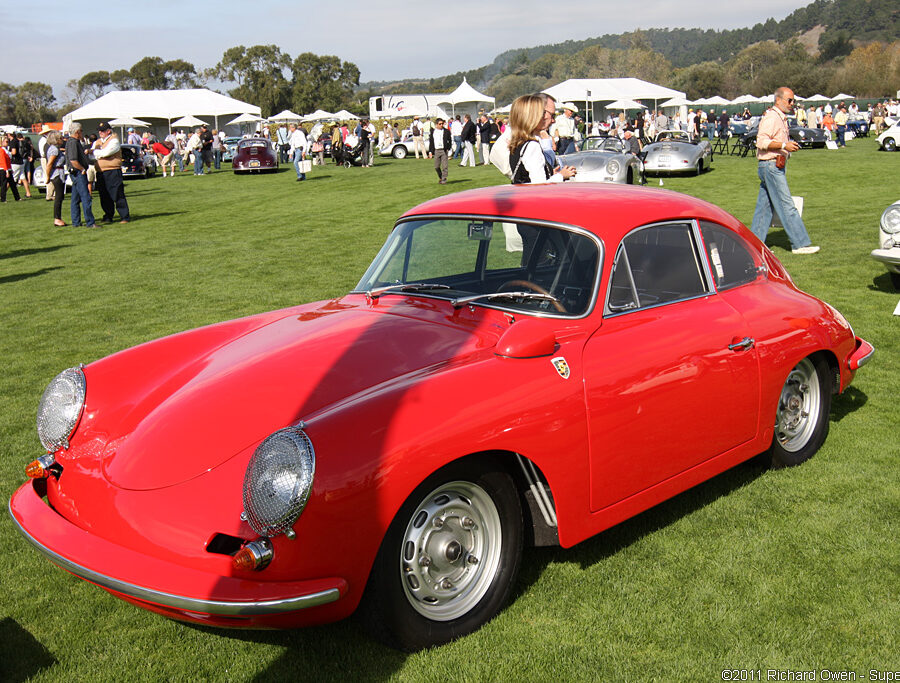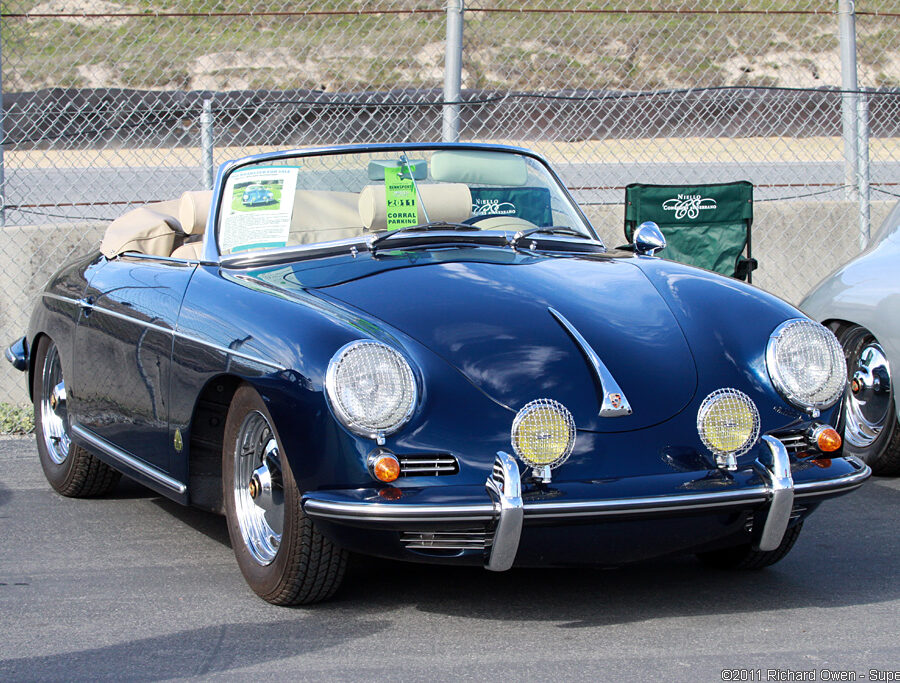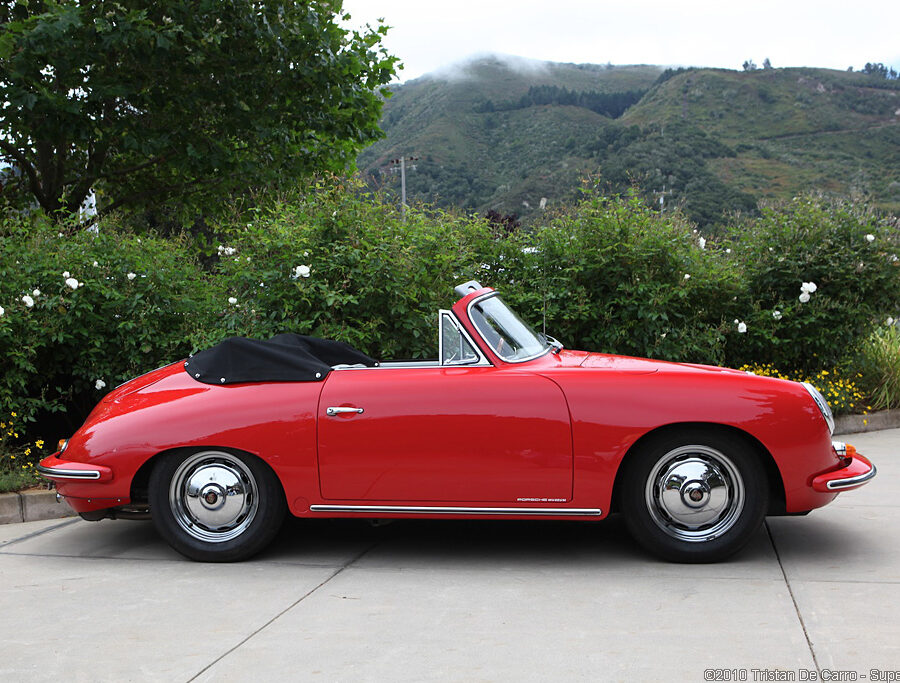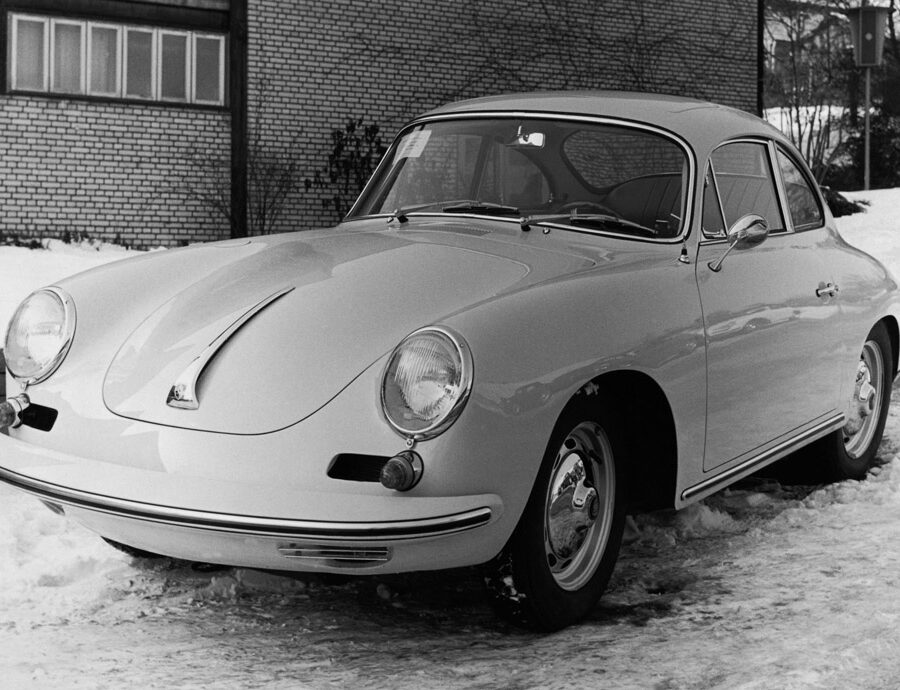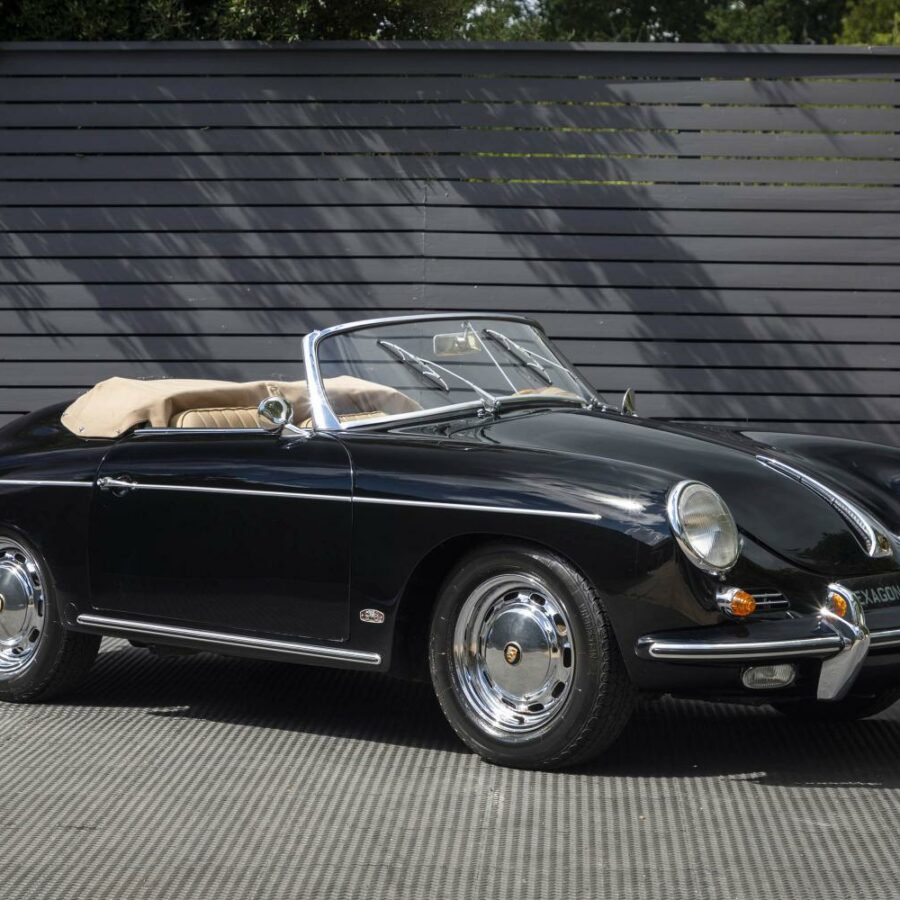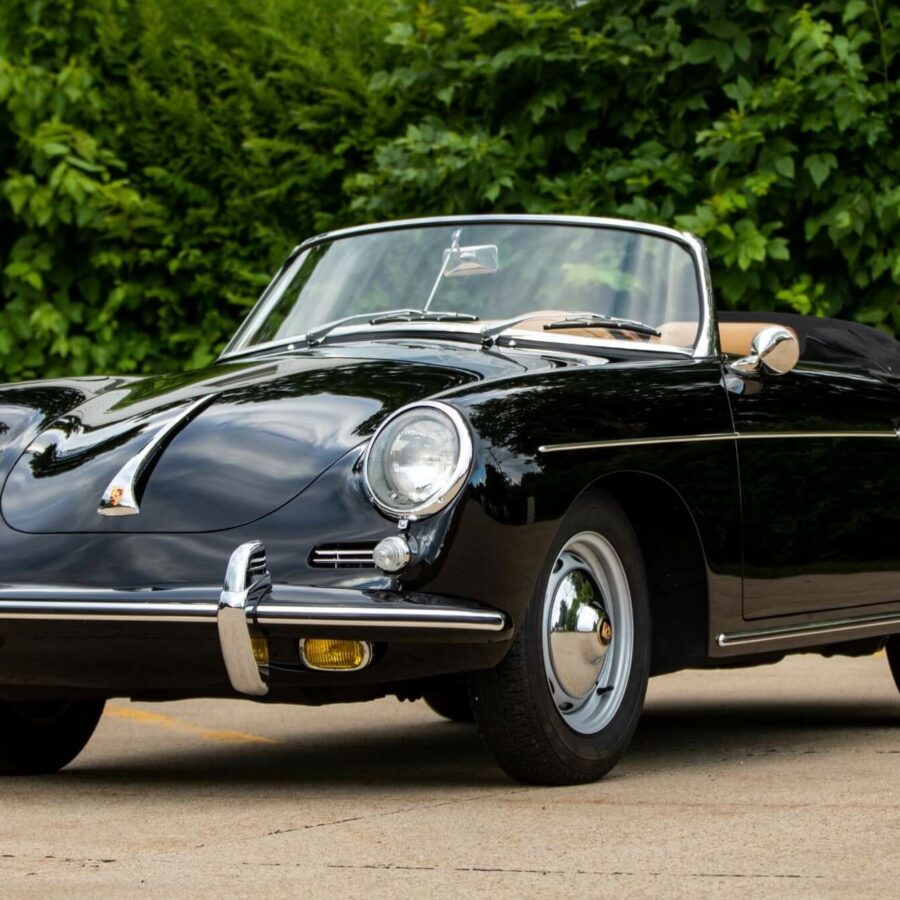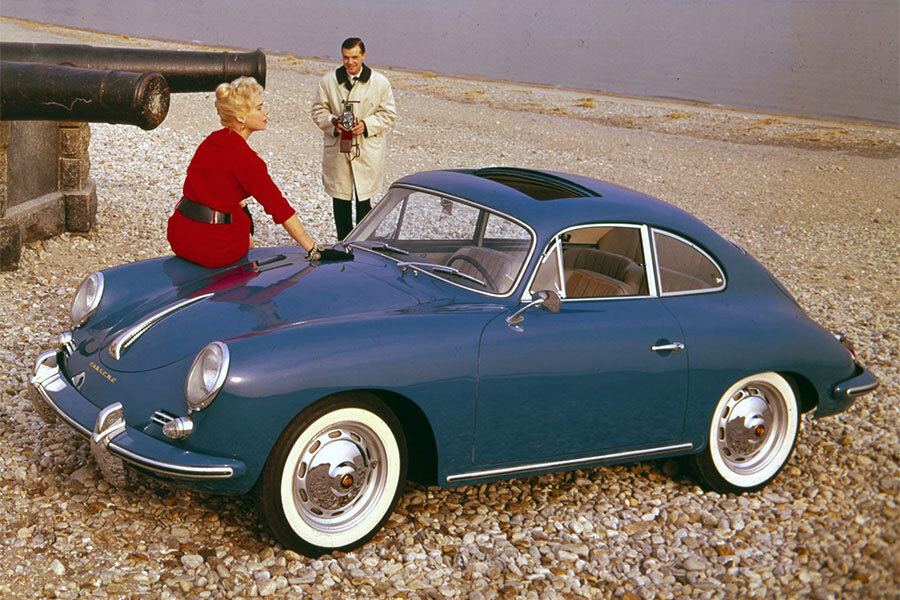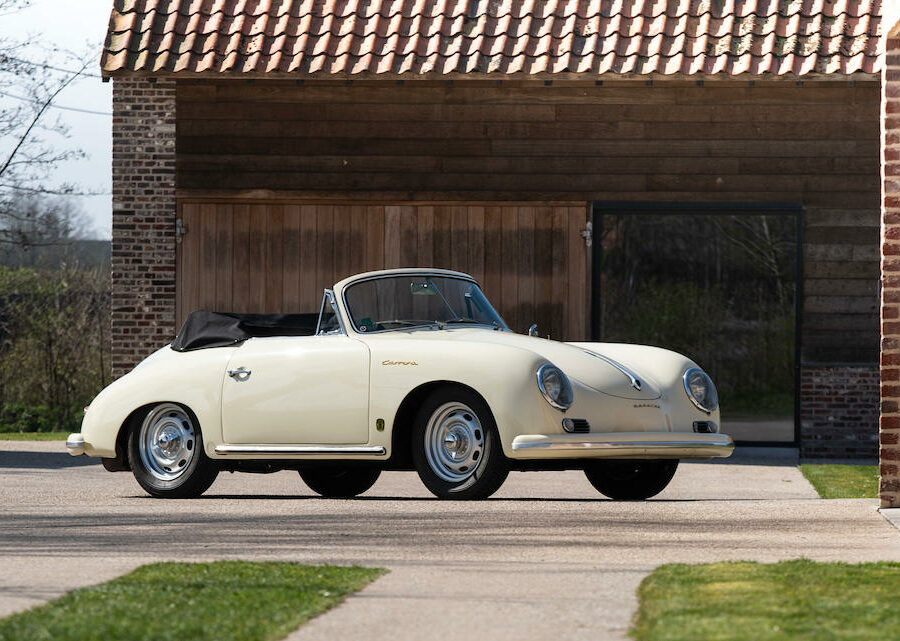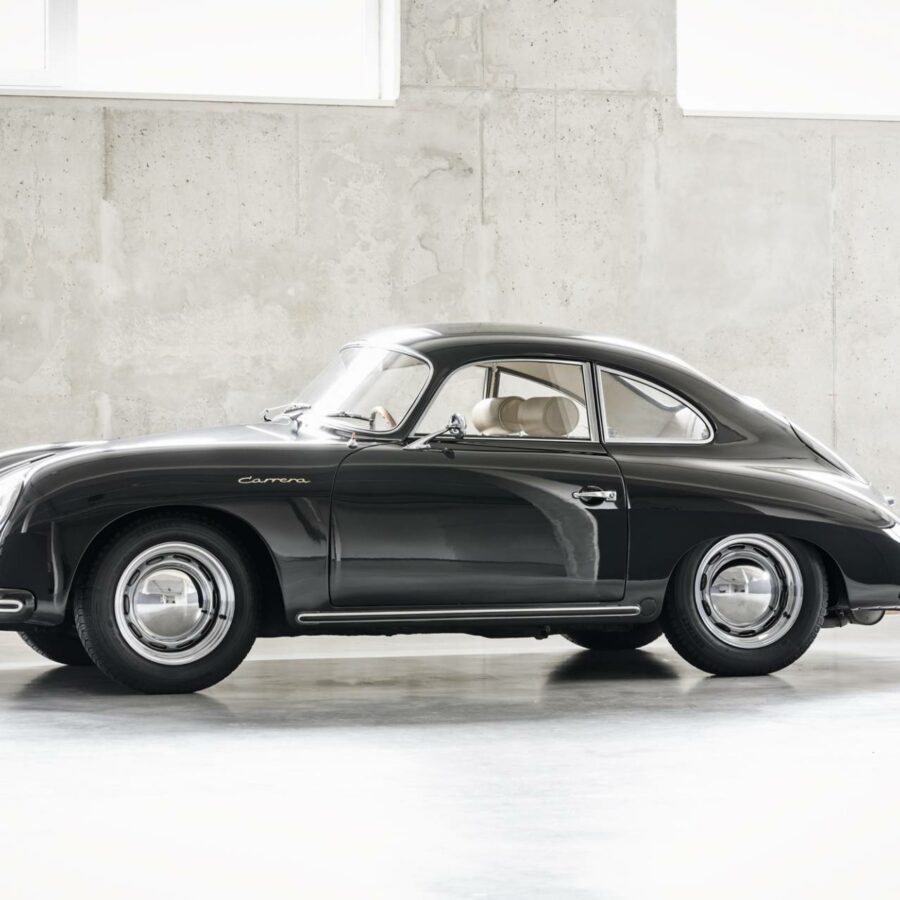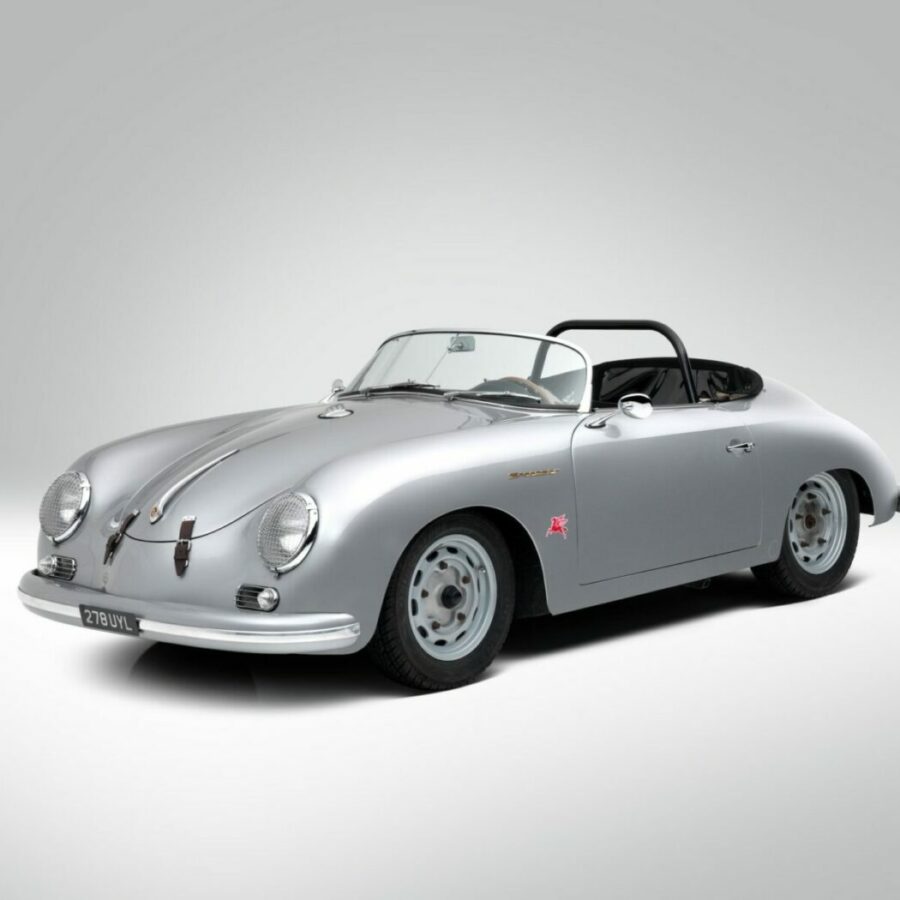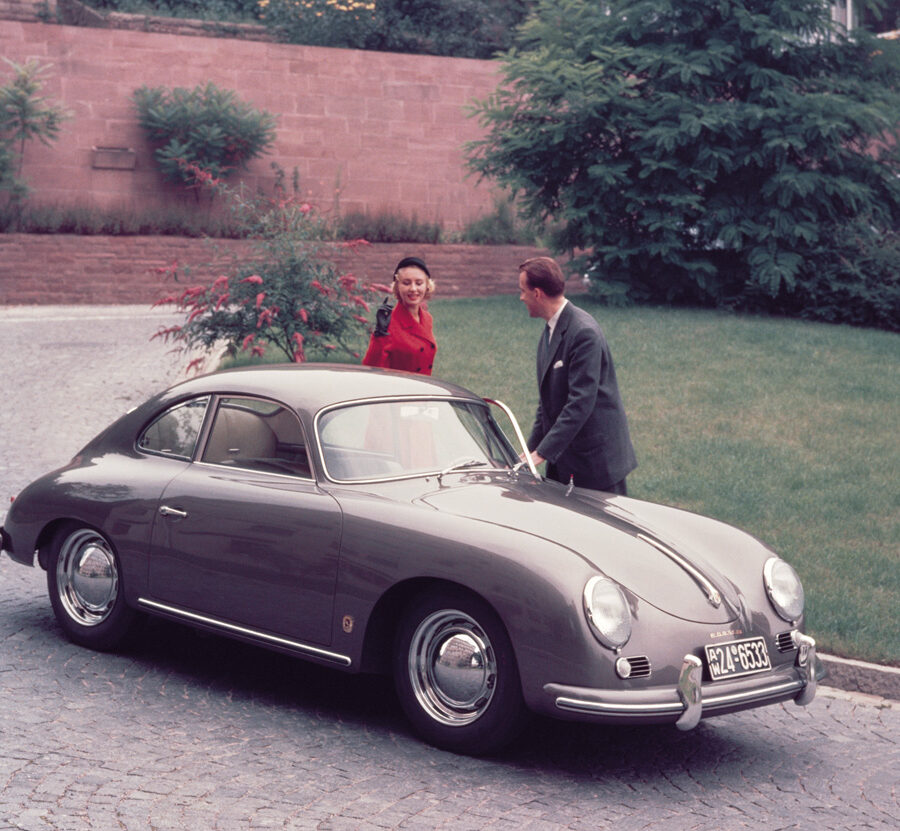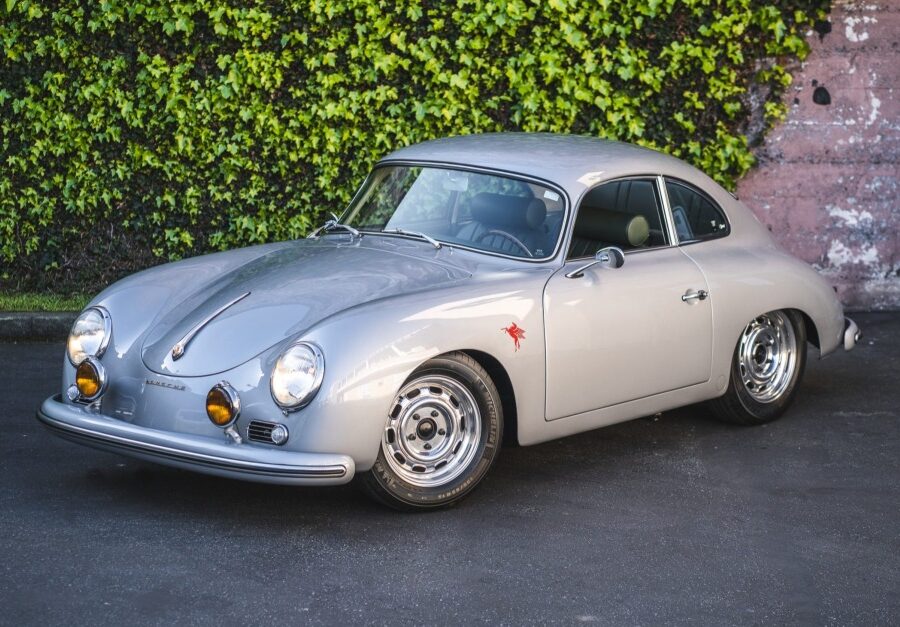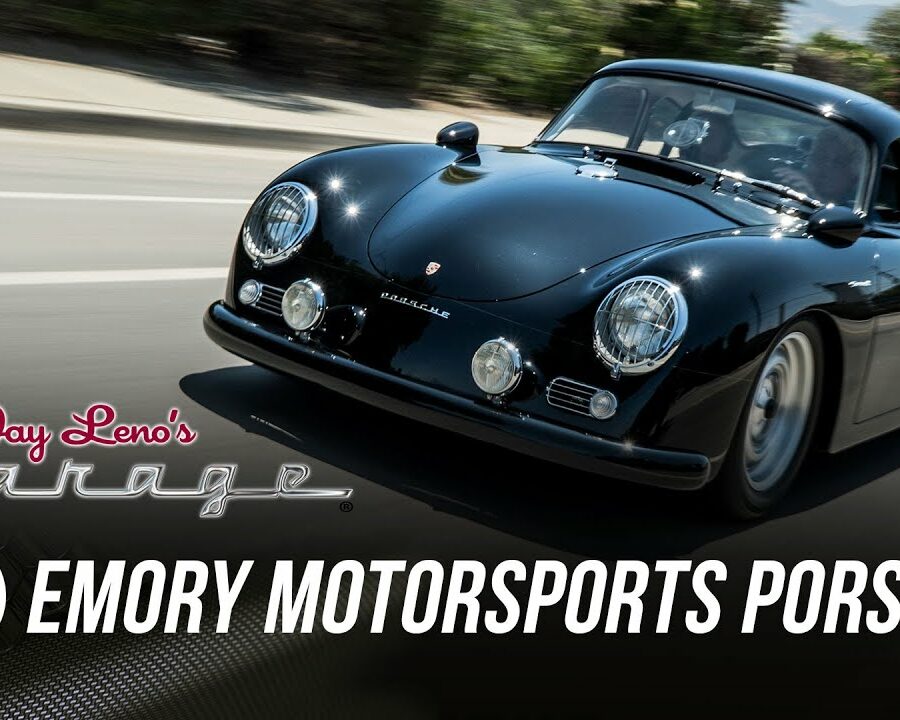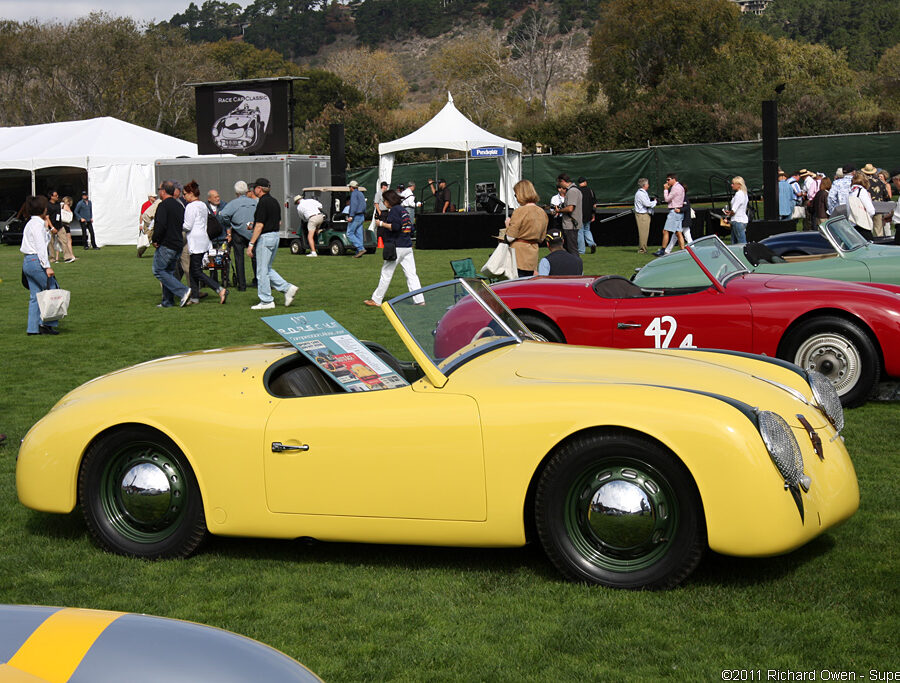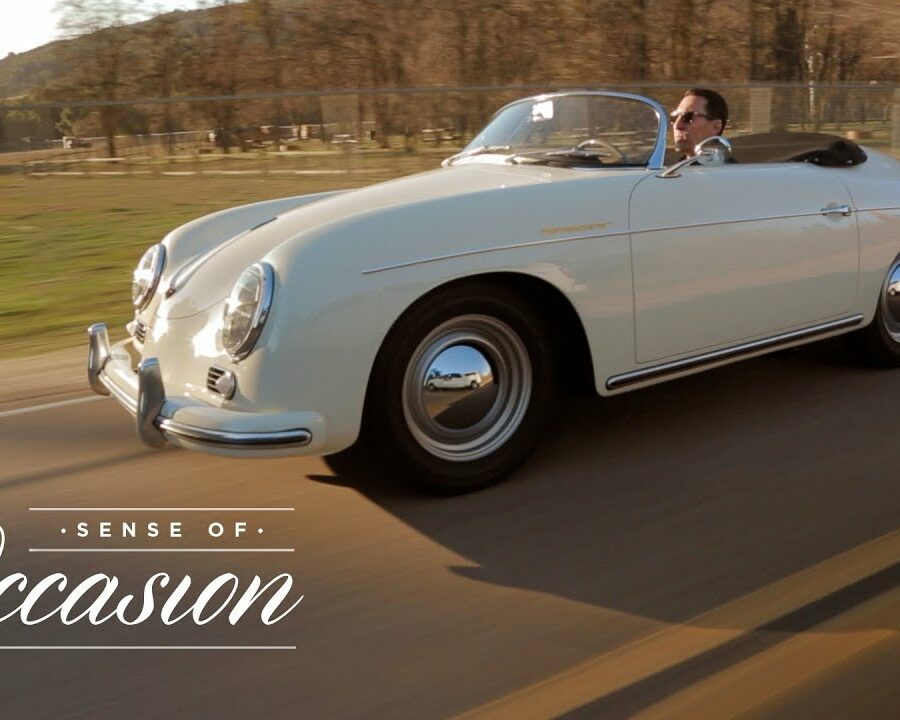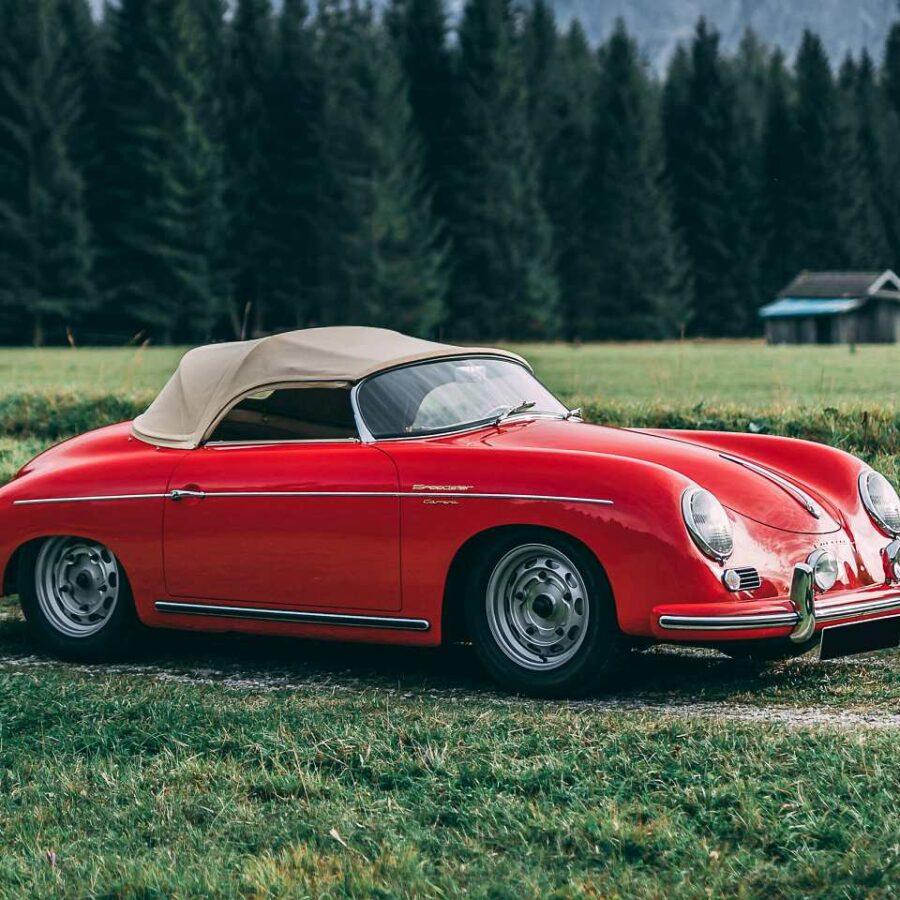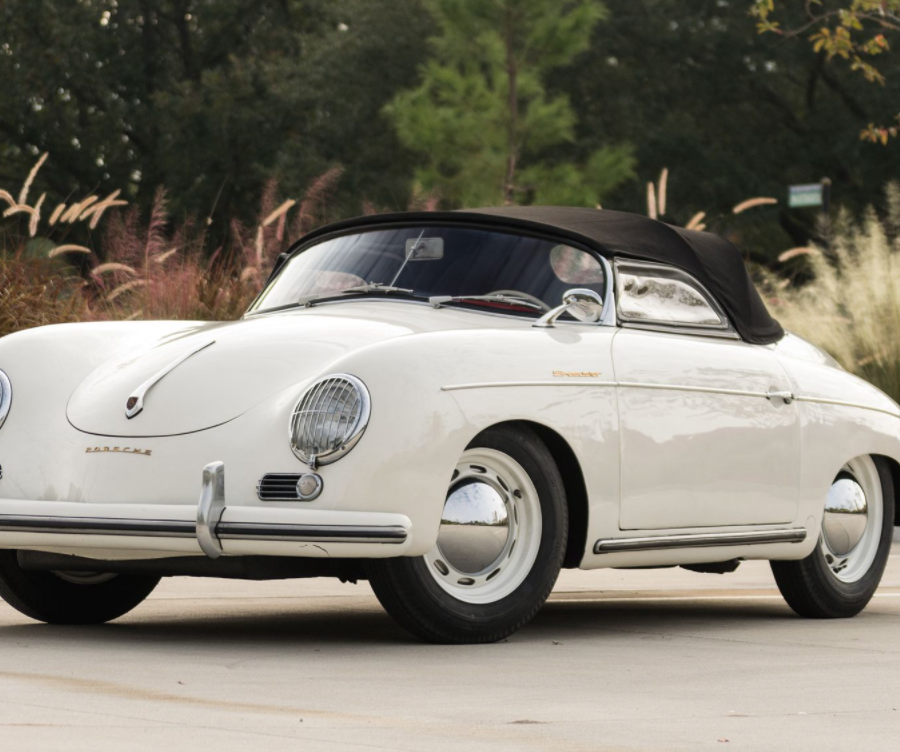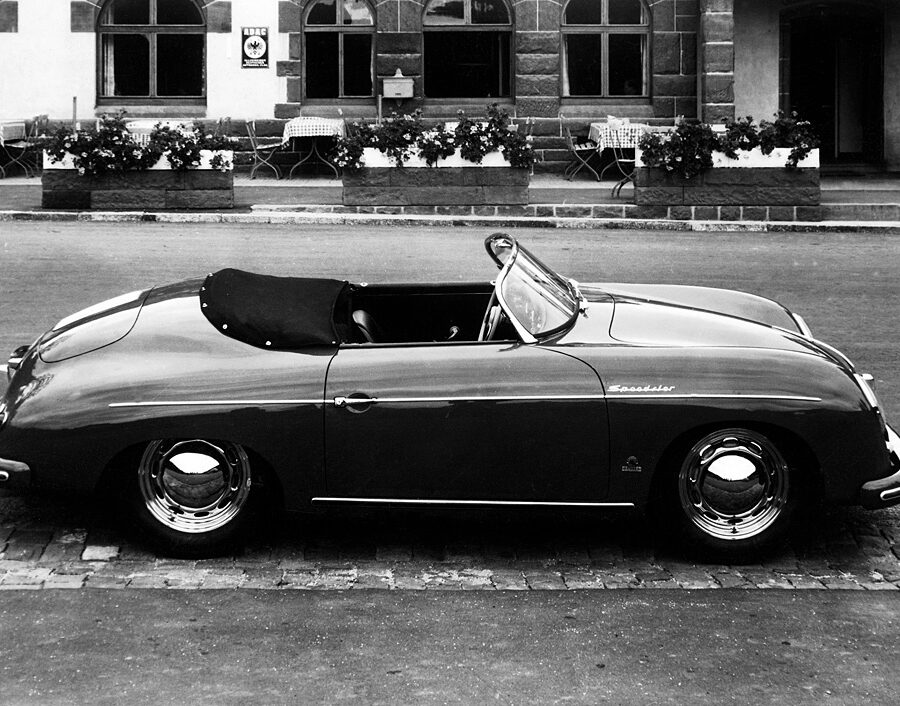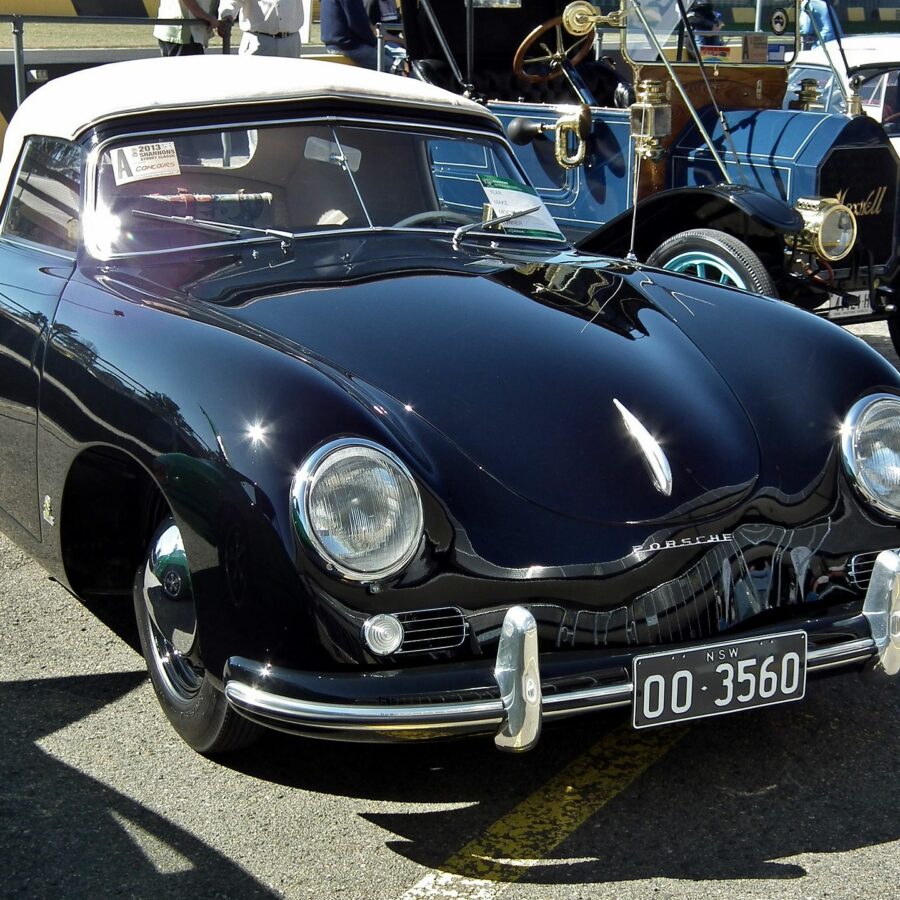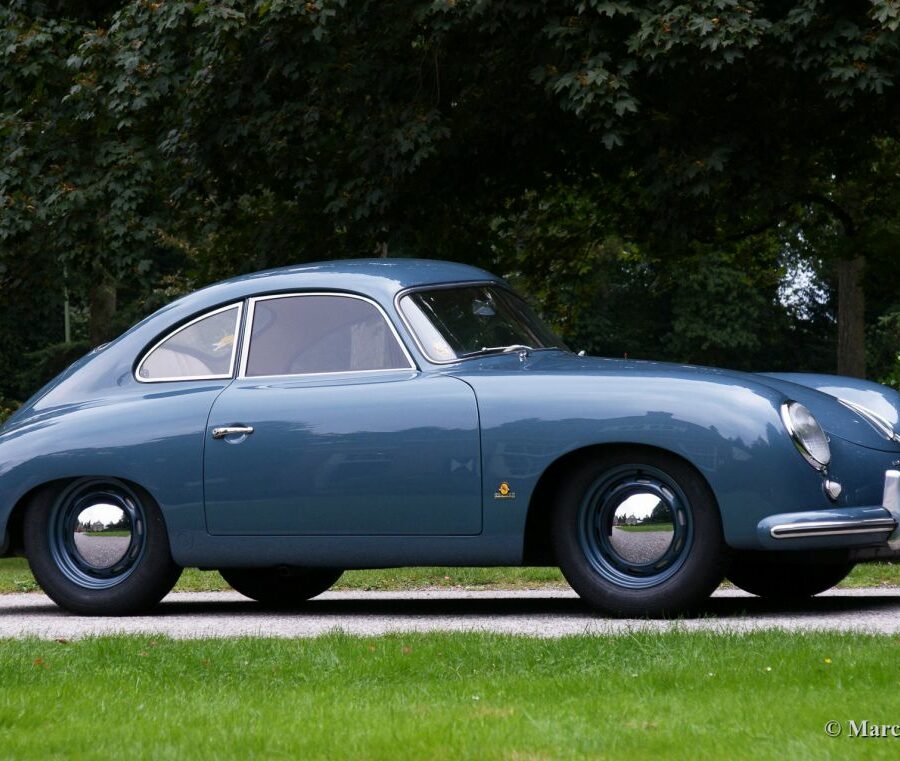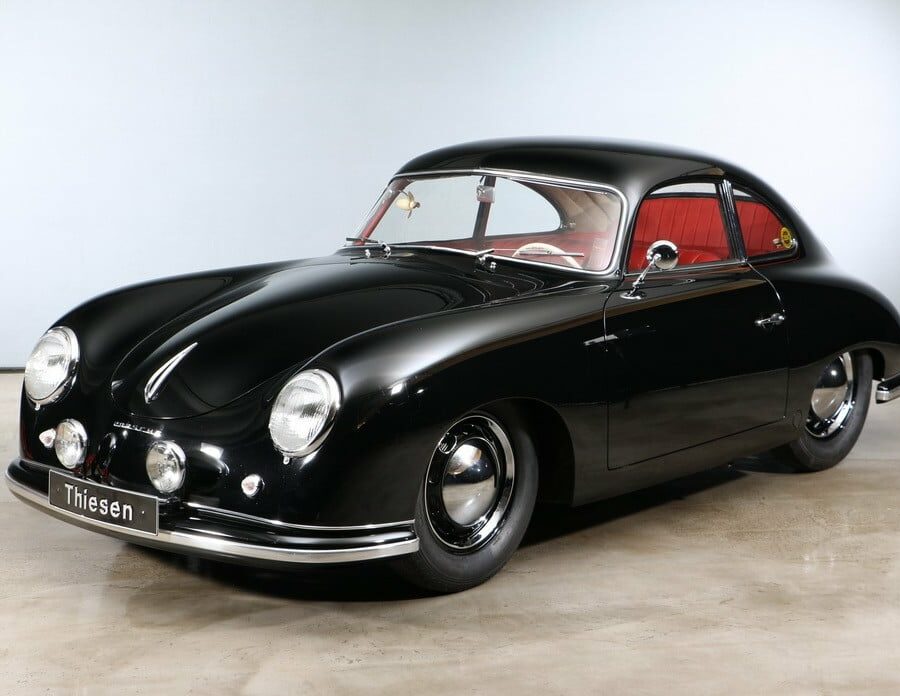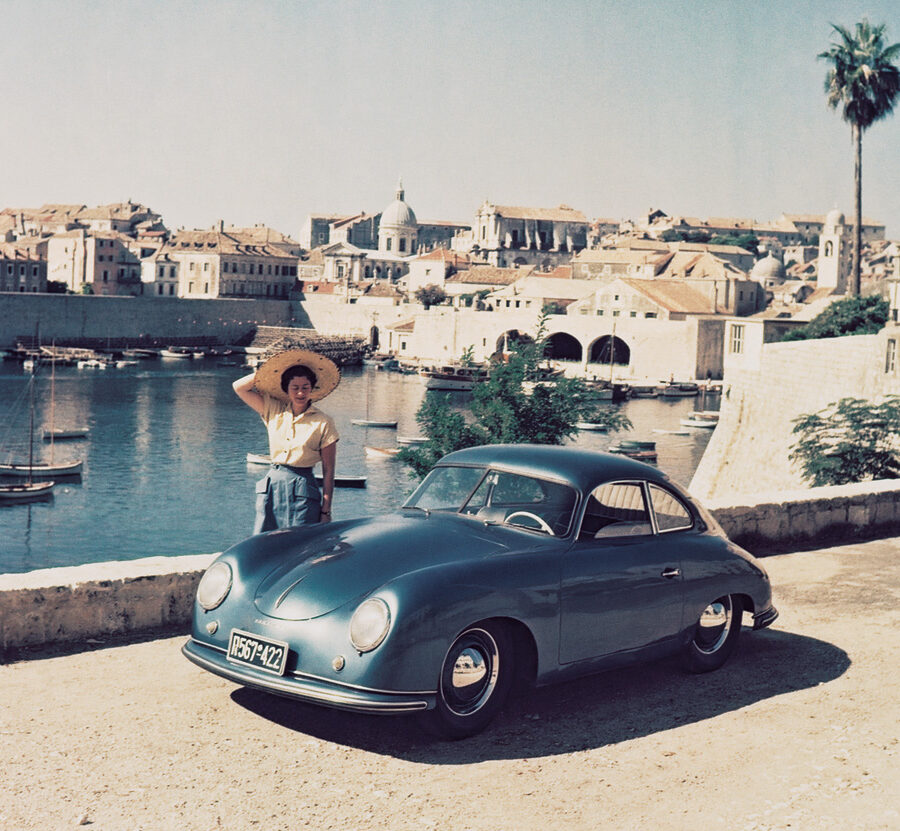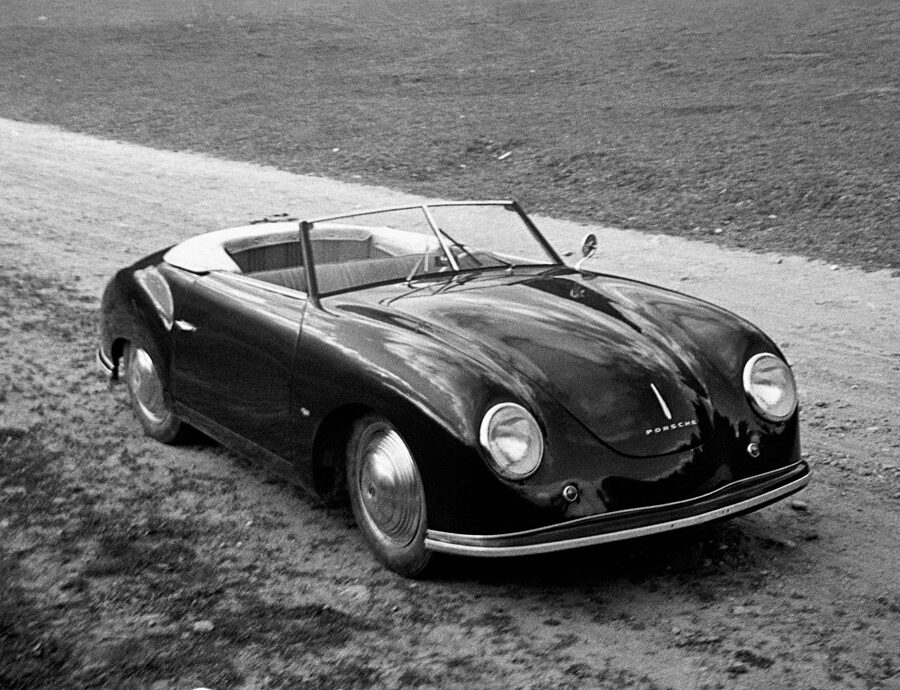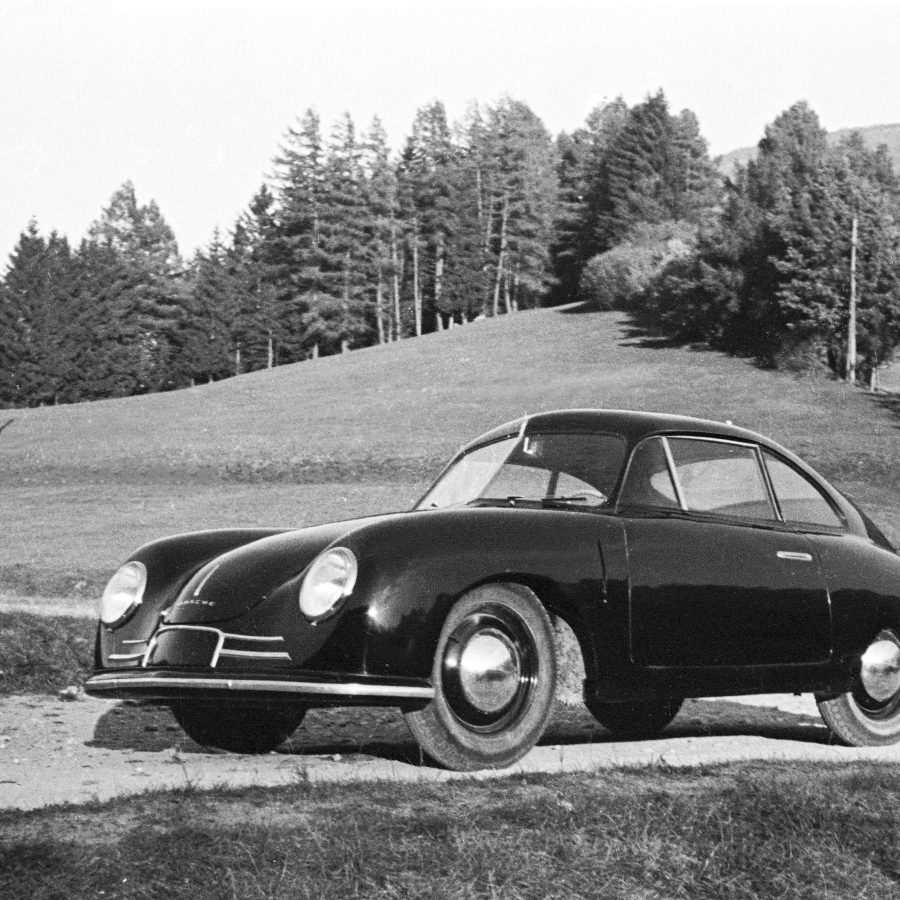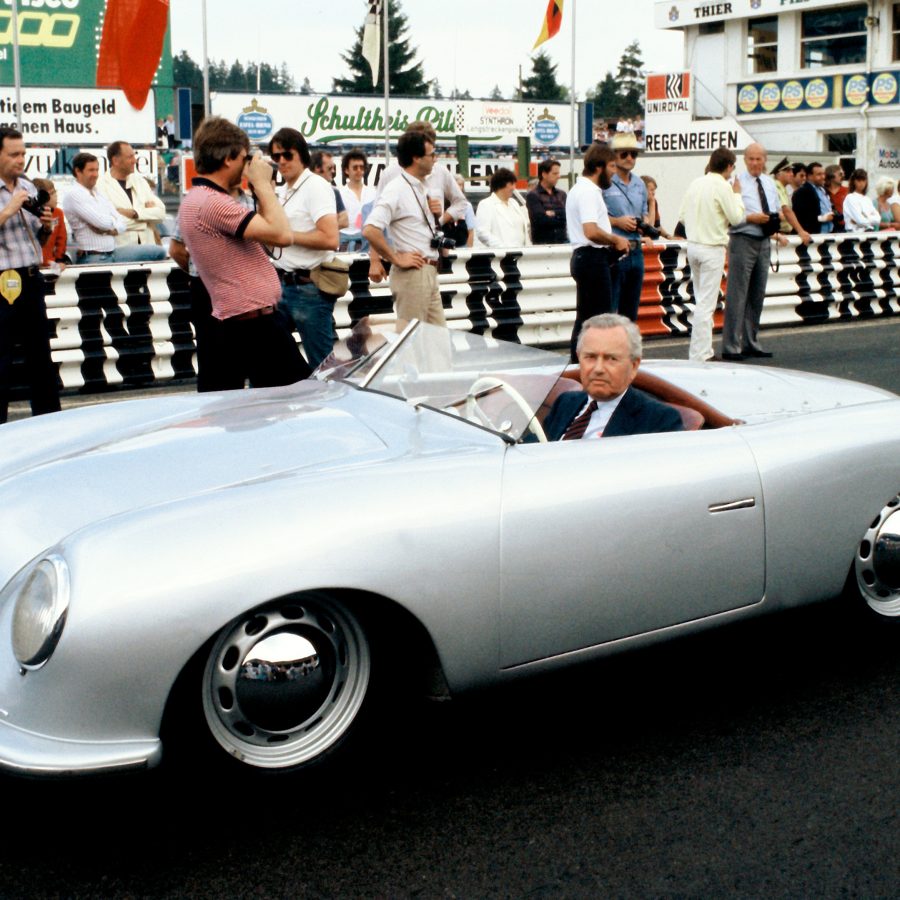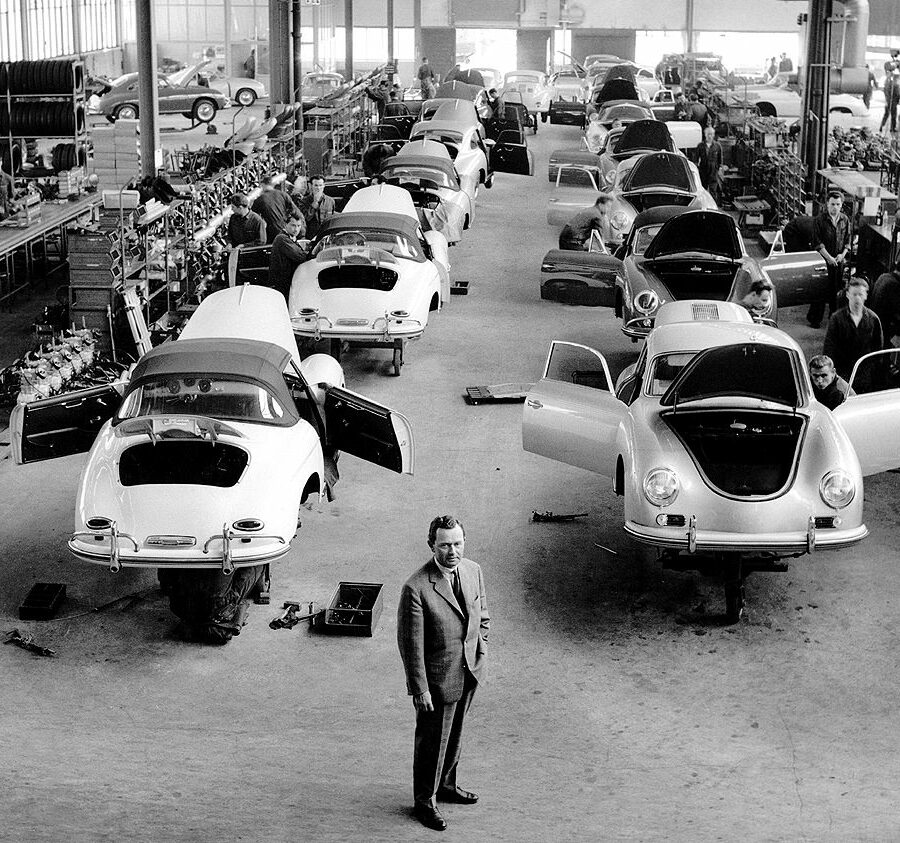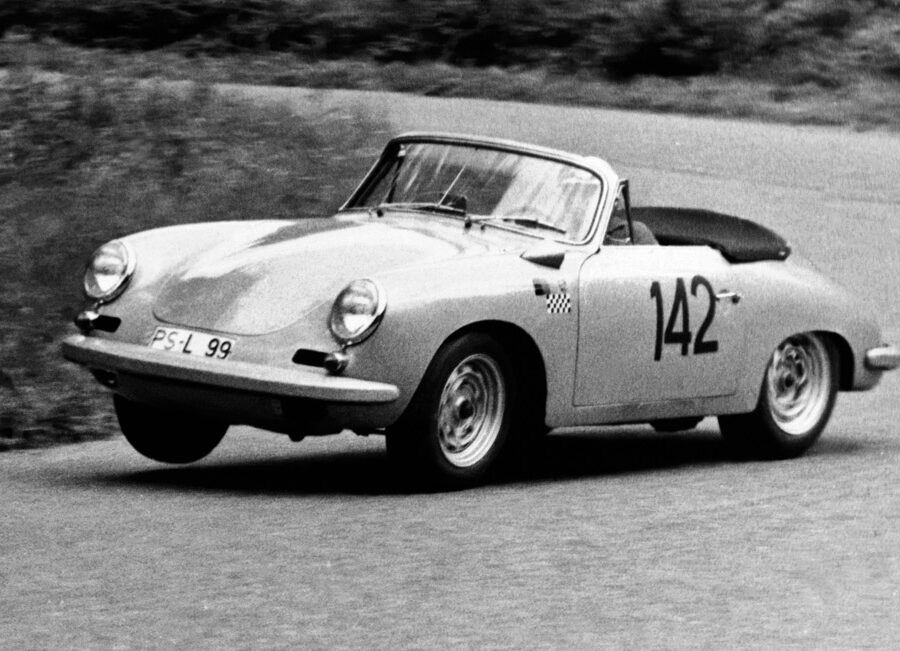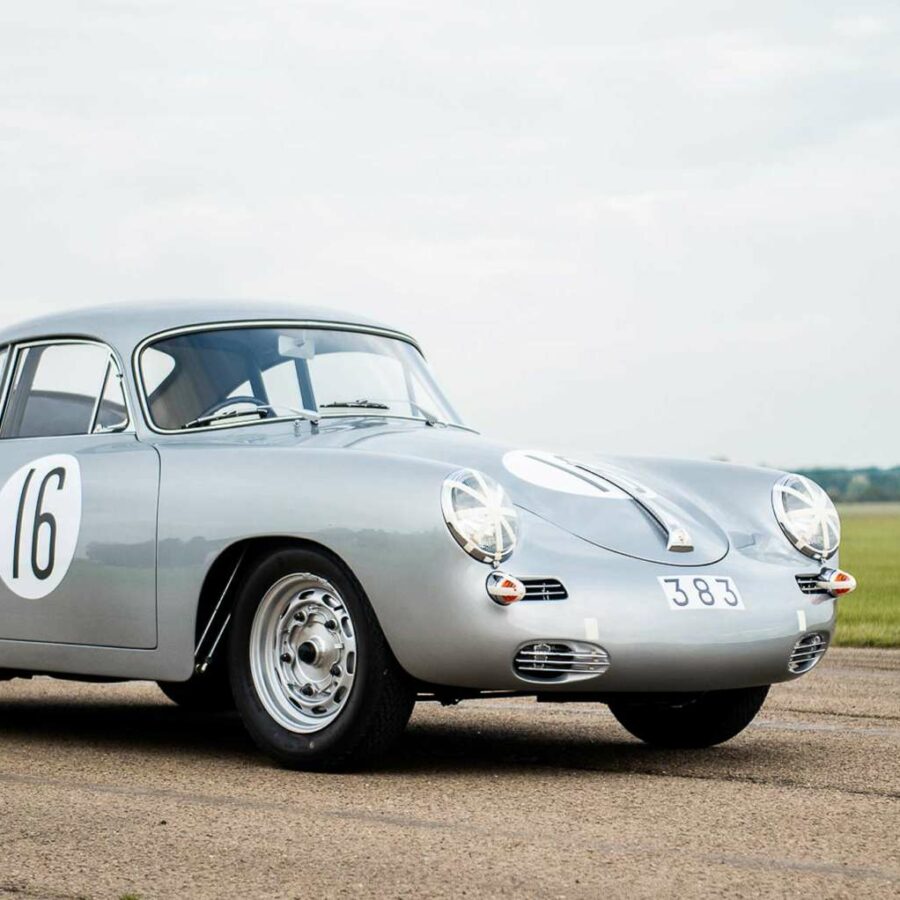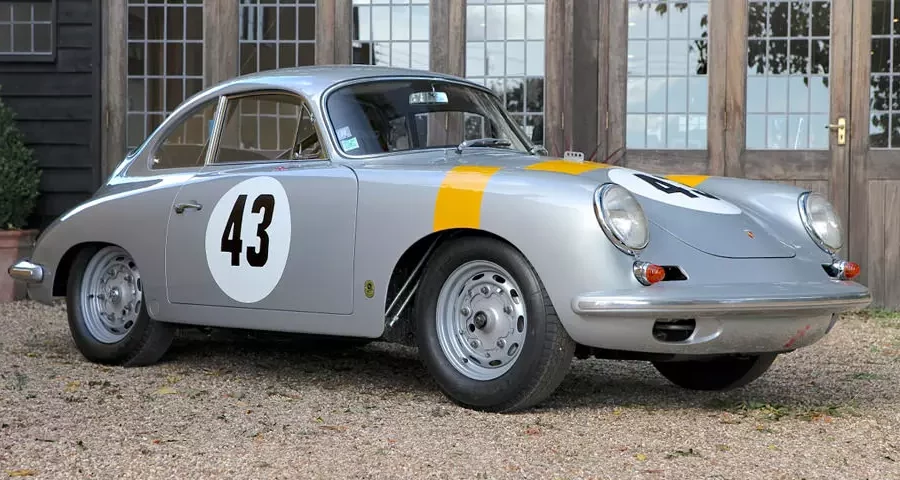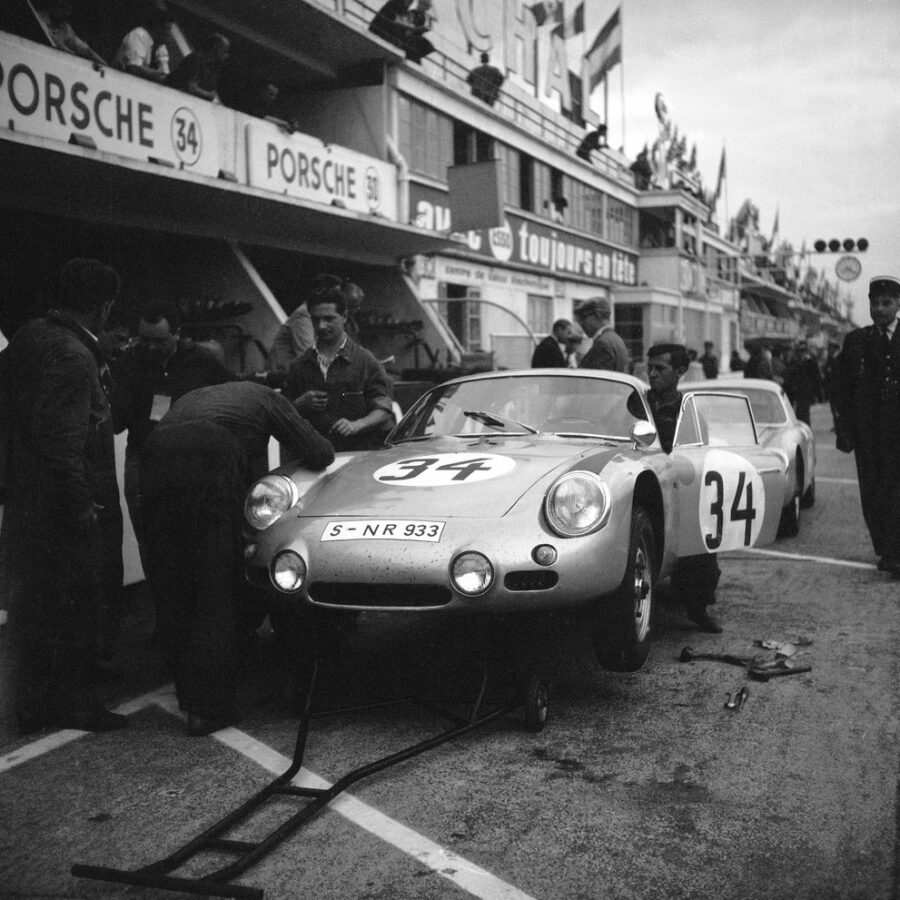Porsche 356
The Porsche 356 was the first production car from Porsche. Earlier cars designed by the company included Cisitalia Grand Prix race car, the Volkswagen Beetle, and Auto Union Grand Prix cars, but it was the 356 that changed things forever for sports car enthusiasts the world over. Ferdinand Porsche, Sr. founded the company that still bears his name, but it was his son Ferdinand, widely known as Ferry, who created the Porsche we know today. In the early years after WWII, the 356 was the car that made Porsche famous. See our Porsche 356 Research Hub
Porsche 356 C Carrera 2 (1964 – 1965)
The 130-horsepower Carrera 2000 GS was at the top of Porsche’s product line in 1964.
Porsche 356 C 1600 C (1964 – 1965)
The last revision of the 356 was the 356 C introduced for the 1964 model year. The base version was known as the 1600 C.
Porsche 356 A 1600 Zagato Speedster (1958)
The last project presented by the Milanese Atelier under the Zagato Classic program
Porsche 356 B Carrera 2 (1962 – 1963)
The Carrera trailed a series of impressive 1.6 liter cars known as the 1600GS.
Porsche 356 B 1600 Super 90 (1959 – 1963)
New to the model was the Type 616/7 Super 90 engine which was an indirect replacement for the Carrera de Luxe models.
Porsche 356 B 1600 S (1959 – 1963)
The 1600 Super sat in the middle of the lineup, below the Super 90 and above the base 1600.
Porsche 356 B 1600 (1959 – 1963)
In 1959 Porsche revealed their updated 356, the 356B. Completely revised body that was more suitable for the American market.
Porsche 356 A 1500 Carrera GS (1956 – 1958)
Mated the potent four-camshaft engine from the 550 RS Spyder into the 356’s unassuming chassis.
Porsche 356 A 1600 S (1956 – 1959)
With the 356A came a larger 1582 cc engine that had higher compression to take advantage of the available higher octane fuels.
Porsche 356 A 1600 (1956 – 1959)
Released in September of 1955, the 356A/1600 came in cabriolet, coupe and speedster bodies from Reutter.
Porsche 356 A 1300 S (1956 – 1957)
The 1300 S got more power from its 1.3 Liter 8v Flat 4, at 60 bhp and more torque, now at 65 ft lbs.
Porsche 356 A 1300 (1956 – 1957)
44 hp, the naturally aspirated 1.3 Liter 8v Flat 4 gasoline engine
1952 Porsche 356 ‘America Roadster’
Max Hoffman convinced Porsche it needed a lightweight convertible to compete with Jaguar and Austin-Healey.
Porsche 356 1500 “Pre-A” Carrera (4-cam) (1955)
The 356 gets a race inspired 1500 cc four cam motor
Porsche 356 1500 “Pre-A” Super Speedster (1955)
The ‘super’ version had more horsepower (70 vs the standard 60) and the powerful ‘type 528 engine’
Porsche 356 1500 “Pre-A” Speedster (1954 – 1955)
Max Hoffmann convinced Porsche to built the 356 Speedster. A cheaper and more sporting alternative to the Coupe and Cab.
Porsche 356 1300 Super “Pre-A” (1954 – 1955)
In 1953, the 1300 S or "Super" was introduced, and the 1,100 cc engine was dropped.
Porsche 356 1500 Super “Pre-A” (1953 – 1955)
Porsche's competition department reworked the 1500 engine with hotter cams and bigger Carburetors, boosting power to 70 bhp.
Porsche 356 1500 “Pre-A” (1952 – 1955)
The 1500 was Porsche’s newest engine which was quickly fitted with 40 PIBC Solex carburetors
Porsche 356 1300 “Pre-A” (1951 – 1955)
In 1951, a bigger 1.3-litre Type 506 engine was announced. It marked the first significant move away from the original Volkswagen unit.
Porsche 356 1100 “Pre-A” (1950 – 1954)
The first Stuttgart-built 356 have later been called as 356 Pre-A.
Porsche 356/2 “Gmünd” Cabriolet (1948 – 1951)
Of the 52 cars made in Gmünd, only eight were built up as cabriolets.
Porsche 356/2 “Gmünd” Coupe (1948 – 1951)
With lessons learned from 356 No. 1, Porsche developed the 356/2 as a production-ready version.
Porsche 356/1 (1948)
The first Porsche, chasssis 356-001, was produced in Gmünd as two-seat roadster using VW parts.
Porsche 356 B 2000 GS/GT Carrera (1962 – 1963)
After a long absence of a Carrera model in the 356 model lineup, Porsche made another version with the intro of a 2.0L engine.
Porsche 356 B 1600 GS/GT Carrera Coupe (1960 -1961)
Just 49 356 B GS/GTs Produced. Built from lightweight materials and had Porsche’s most powerful racing engine of the time
Porsche 356B 1600 Super 90 GT Coupe (1960 – 1961)
Fourteen Super 90 Coupes were ordered with the lightweight GT package for racing.
Porsche 356B/1600GS Carrera GTL Abarth (1960 – 1961)
In keeping with FIA regulations, Porsche created a new lightweight 356 with help from Abarth


